Let’s get further into the Cognac region, with the visit of Courvoisier and Boinaud!
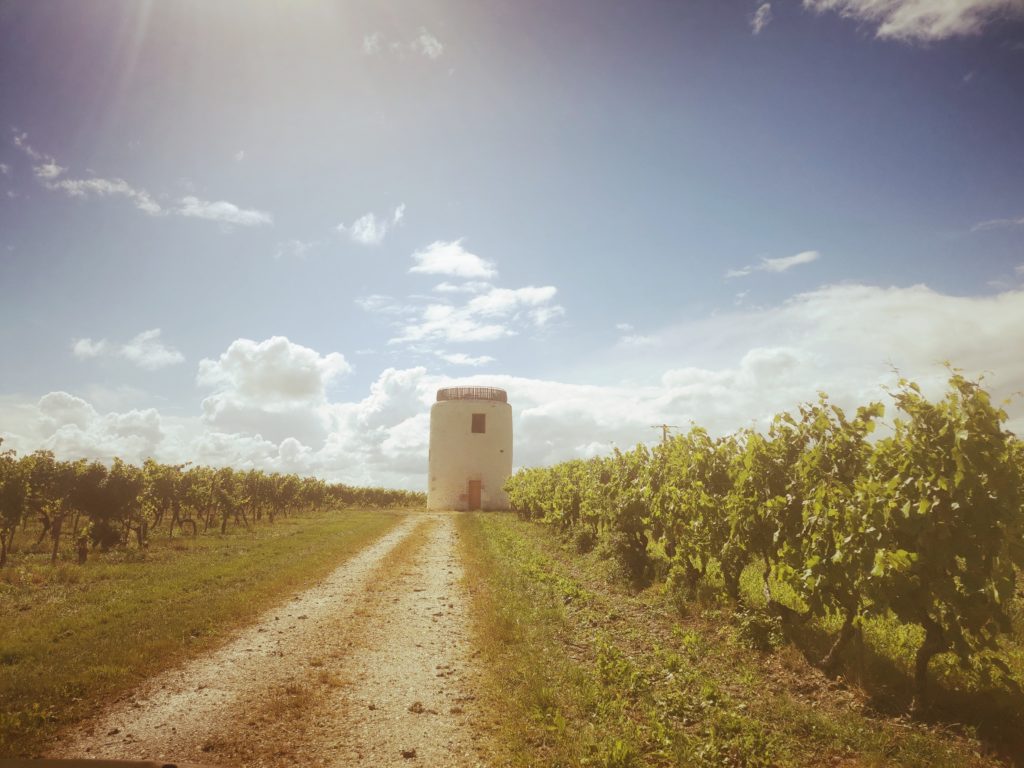
©
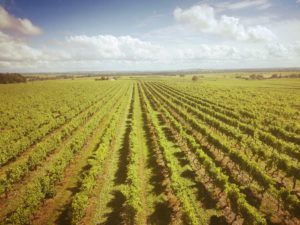
Pursuing our journey outside Cognac, you would get the privilege now to dive into some different Cognac houses. Still connected with La Charente river, which allowed the wine trade of this region from the Middle Ages, although it was only from the end of the 19th century, under the reign of Napoleon III, that the development of Cognac took off, particularly with England. After the phylloxera crisis which marked the beginning of the 20th century, Cognac became the French brandy of which more than 90% is exported, while becoming a rare product of excellence, a symbol of a ceratin French lifestyle.
Like our previous topic inside Cognac, this tour, passing by the Cognacs Courvoisier and Boinaud, even includes some domains, already mentioned in our introductory article about the spirit of Cognac. For more interaction, you’re invited to watch our video below. By Alexis Lery
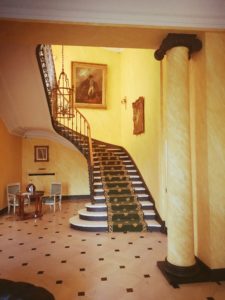
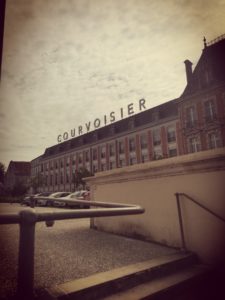
Still in the oriental side of Cognac, in the fluvial town of Jarnac where was born the former French president François Mitterrand, you couldn’t miss a massive mansion, built in the 1850s, along the Charente river. Recalling the Pavillon de Flore and thus the Parisian origins of the owners, the Maison Courvoisier has also a huge part of its history to share with you.
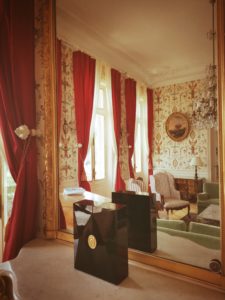
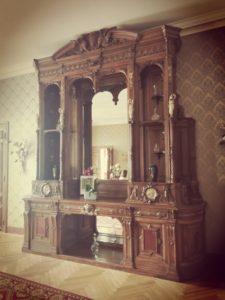
In the mean time, the same Simon family has created a strong international brand identity with a new Napoleon silhouette logo starring on the bottles and labels. By the way, this distinguishable drawing is duly patented, conveying the Courvoisier‘s slogan, as the authentic “Napoleon‘s Cognac“.
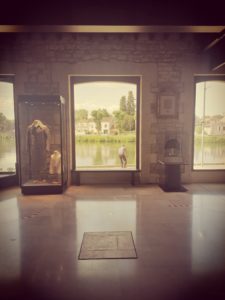
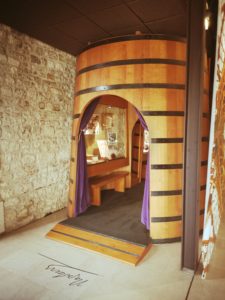
Then, the authentic Cognac house of Courvoisier, was founded in 1843, but kept the spirit of the first French Emperor alive, until today with the presence of various imperial objects in the mansion, that’s also employed for public relations.
Therefore, this is a very important hosting edifice, to offer proper hospitality conditions to the no less than 700 winegrowing partners that counts Courvoisier. In order to easify those exchanges around them, a tasting committee, made up of 11 people, meets every day at 11:30 am, whose wise nose would better determine the bitterness and the quality of the supplied juices.
Thus, those multiple contracts require a permanent juggling ability to get together the different styles of each exploitant. That’s why, if we include the venue of international customers and VIPs, this Château serves approximately 1400 lunches every year and as each nationality is honored, 90 flags are always stored in reserve, just in case.
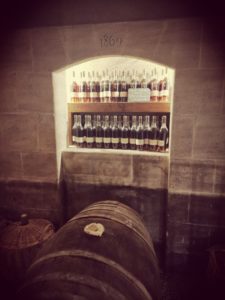
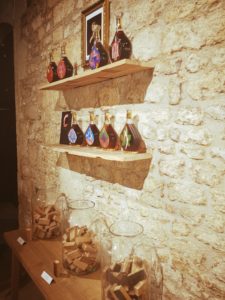
Courvoisier is also famous for their various collections of designed bottles, including the colorful line imagined by the Russian artist Erté, inspired by the artworks of the artist of the same name. A collection made up of undyed glass bottles, retracing different stages of winemaking.
As another sign of the times, during your guided tour, you would gain an important amount of informations about Cognac and the corporate culture. Thereafter, while entering in the precious Cave du Paradis (which must not exceed 23 degrees), you would be seduced by the non-stop aging of the juicy treasures of Courvoisier and on top, their oldest bottle dating from 1789. During your visit and once in the cellar, do not hesitate again to savor the fabulous fragrance, emanating from the illustrious Angel’s Shares, still corresponding from the natural alcohol evaporation.
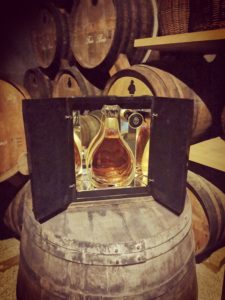
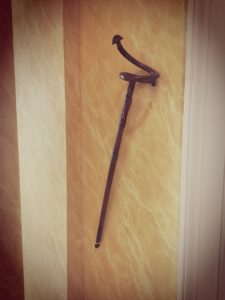
The emblematic cuvée of Courvoisier, the Napoleon created in 1910 by the cellar master of that time, used to be called Louis Renard. Fruit of a blend of years between 6 and 20 years, composed of Fine Champagne composed of 55% Grande Champagne and 45% Petite Champagne. Based on notes of dried apricot, the fruit will evolve on aromas of undergrowth then notes of Ranciot Charentais, marked by the taste of an old touch.
Then, the Cuvée Essence is as well a prestigious bottle, encircled by a Joséphine ring as a tribute to the Napoleonian troops, and was created in 2009, combining a hundred of different eaux-de-vie dating from the beginning of the 20th century. Thus, its marries some of the 1910s, and others from the 1970s, marked by a gas distillation, and others from the 1980s. A cuvée mainly intended for other more premium markets, such as China and Russia.
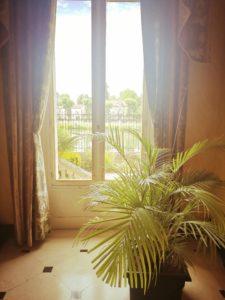
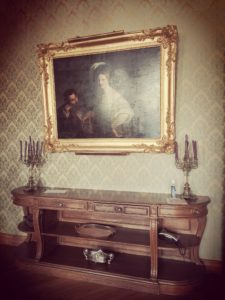
Then, it’s the occasion to discover the wider range of Cognacs developed by Courvoisier, whose VS aging from 3 years old, instead of 2 years usually in the region. Once the aging process has been completed, it is time to move on to eventually assembly for further blends. Although their juices are enough qualitative to be appreciated raw or on the rocks, their Cognac has also been used as a long drink, essentially in the United States and since the 1940s.
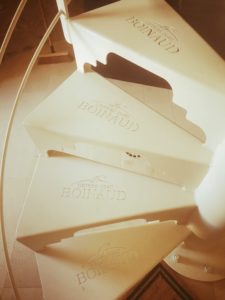

After our review about their Deluze Cognacs (read here), it’s time to discover the real estate occupied by the Maison Boinaud estate in Angeac-Champagne, still in the eastern part of Cognac. We invite you to immerse yourself in their multifaceted family heritage that has been lasting for twenty-four generations. And this is precisely what Rémi and Charles Boinaud, the two cousins at the head of the company, wanted to share from their 420 hectares established on the lands of Angeac-Champagne and once again, located in the heart of the Grande Champagne territory, known as the Cognac 1er cru. Therefore, and since 1640, their epicurean ancestors have been building this winery tradition and legacy, until the ancestor Michel Boinaud acted as a precursor with a visionary project to acquire additional hectares, and launch his own Boinaud Distillery. Recently, this family affair was even completed by some the historic brands of the Cognac De Luze and Cognac J. Dupont.


From our arrival in this domain, we can’t pass through the giant (150,000 liters) outdoor inox tanks, which are very useful for the growing of the early days of the juices, following the operation of grapes pressing by 10,000 liters at each phase, during each cycle of 1h30 at 1.4 bar. Those coming from the surrounding vineyards, mostly composed of Ugni Blanc variety and also Colombard (2%), mainly located on the steep reliefs of Bouteville.
Moreover, the Maison Boinaud pursues nowadays ambitious objectives in terms of sustainable development, with the goal to eliminate any phytosanitary products by 2030 and the use of alternative weedkillers (corn cakes and algae). For your information, this responsible approach was initiated in 2015, and since then more than an approximate decrease of 60% of this portion has been observed.
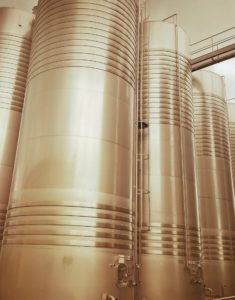
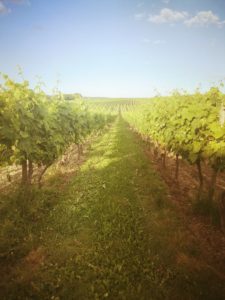
On top of that, here again, the distillation on lees is also carried out on the De Luze entity (as a quintessence from Fine Champagne), which turns out to be more aromatic and therefore accessible to the palate and as well for J. Dupont (representing the Grande Champagne).
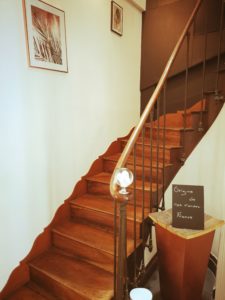

Apart from this, why don’t enjoy of the twelve Cognac experiences proposed since June 14th? Among them, a tasting moment, overlooking the endless vineyards, at the top of the Moulin de Villars, a former windmill, based in the town of Salle d’Angles, on the edge of Bois D’Angeac. Maybe could you also ask to enjoy some homemade honey, coming from the 45 surrounding beehives annually producing around 1000 tons of honey?
At last, this Boinaud experience could end with a dinner in La Maison, a family owned restaurant in Cognac, enhancing pairing between Cognac and fine dishes. A place where every visitor could “feel like at home” and admires the charming decoration, melting vintage and contemporary influences, but with always a reference to Cognac culture!


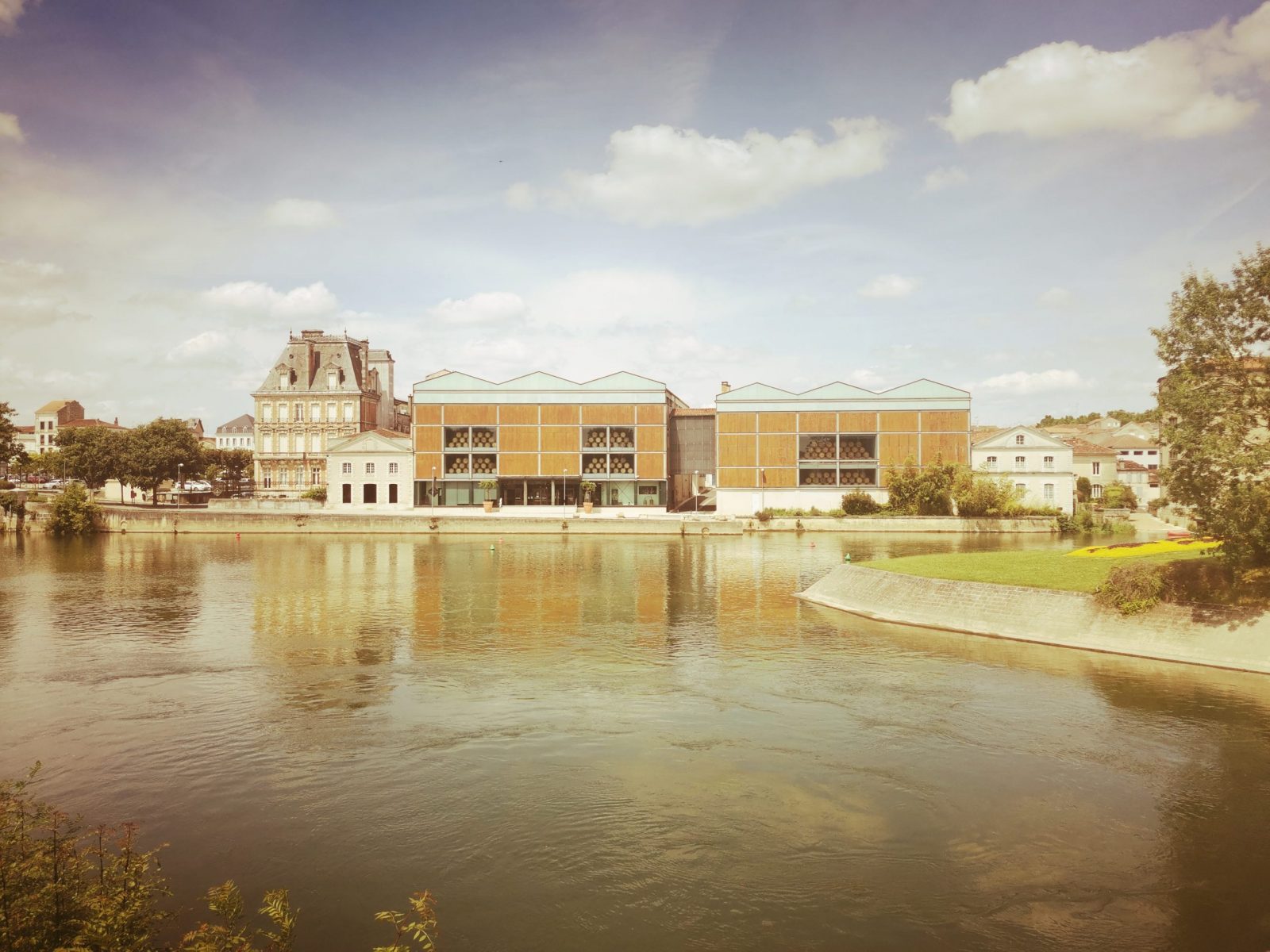
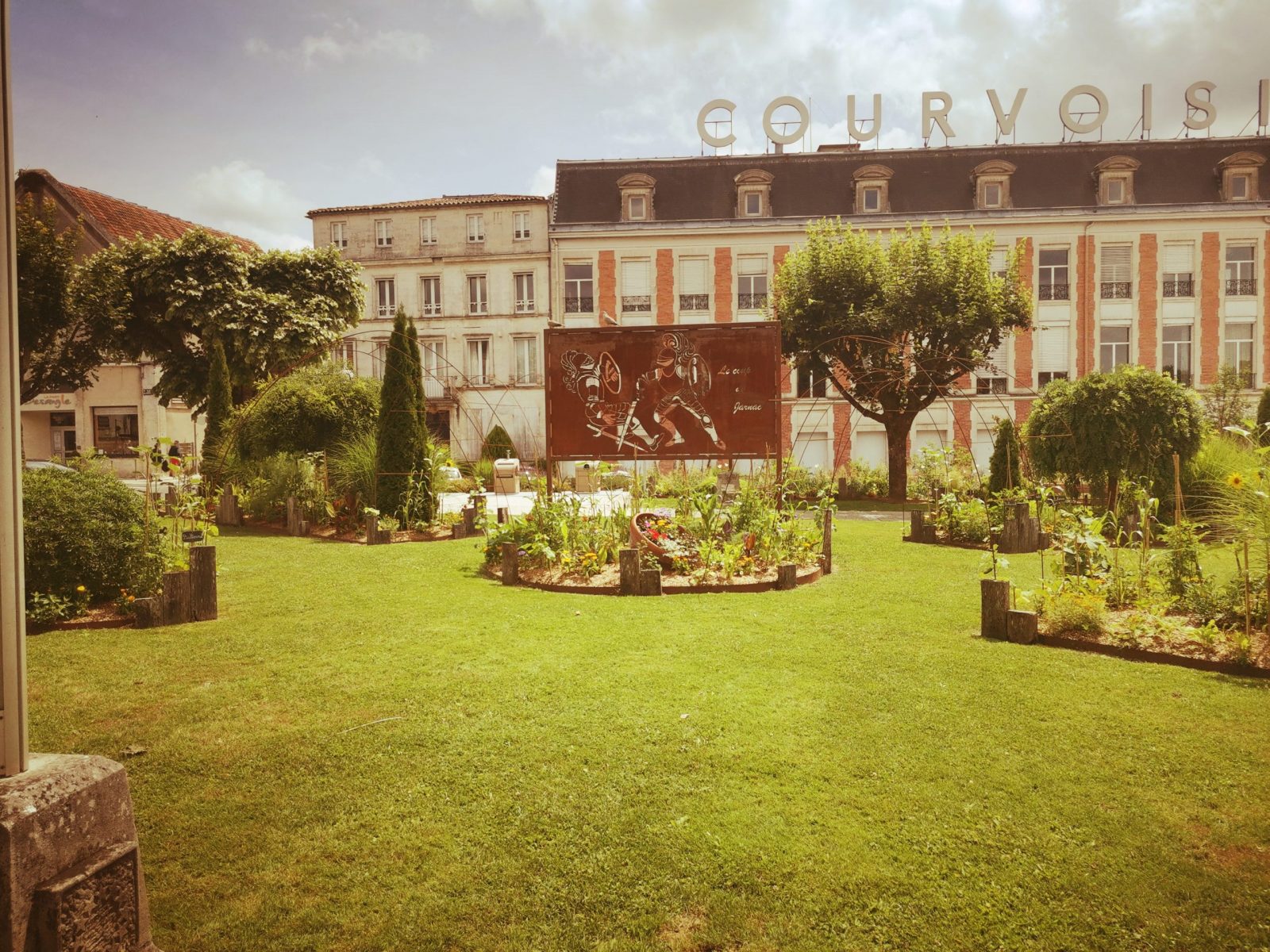
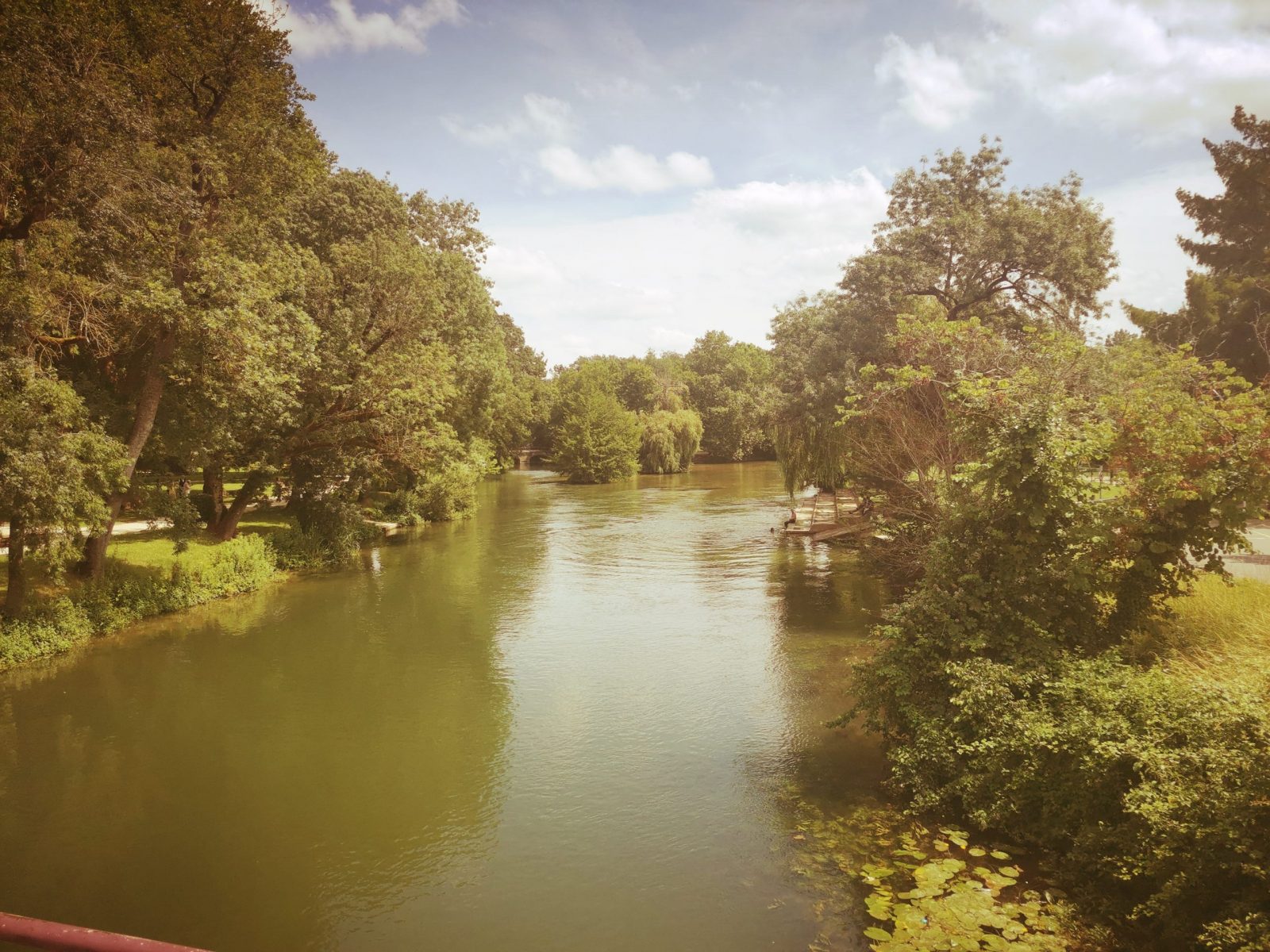
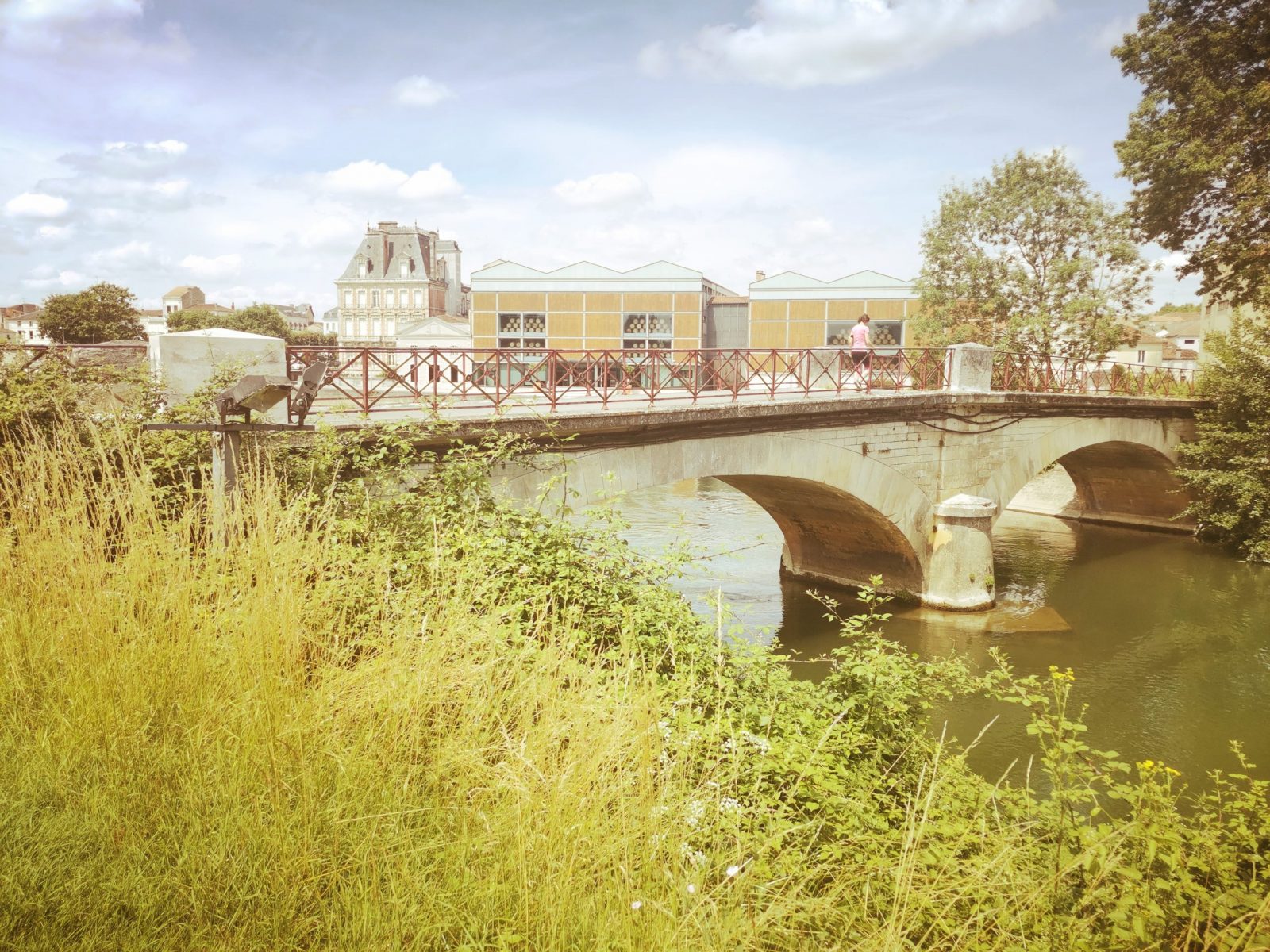
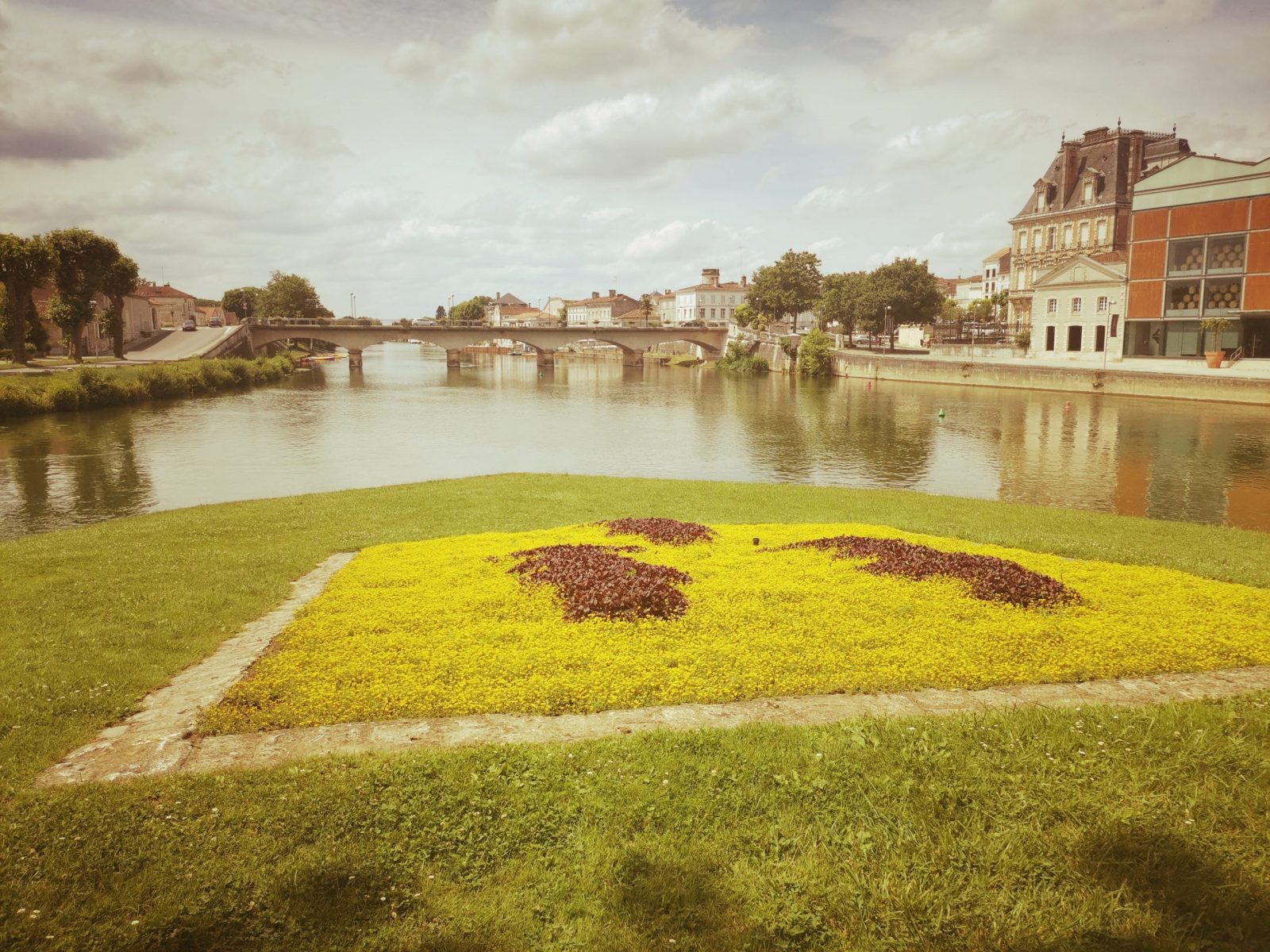
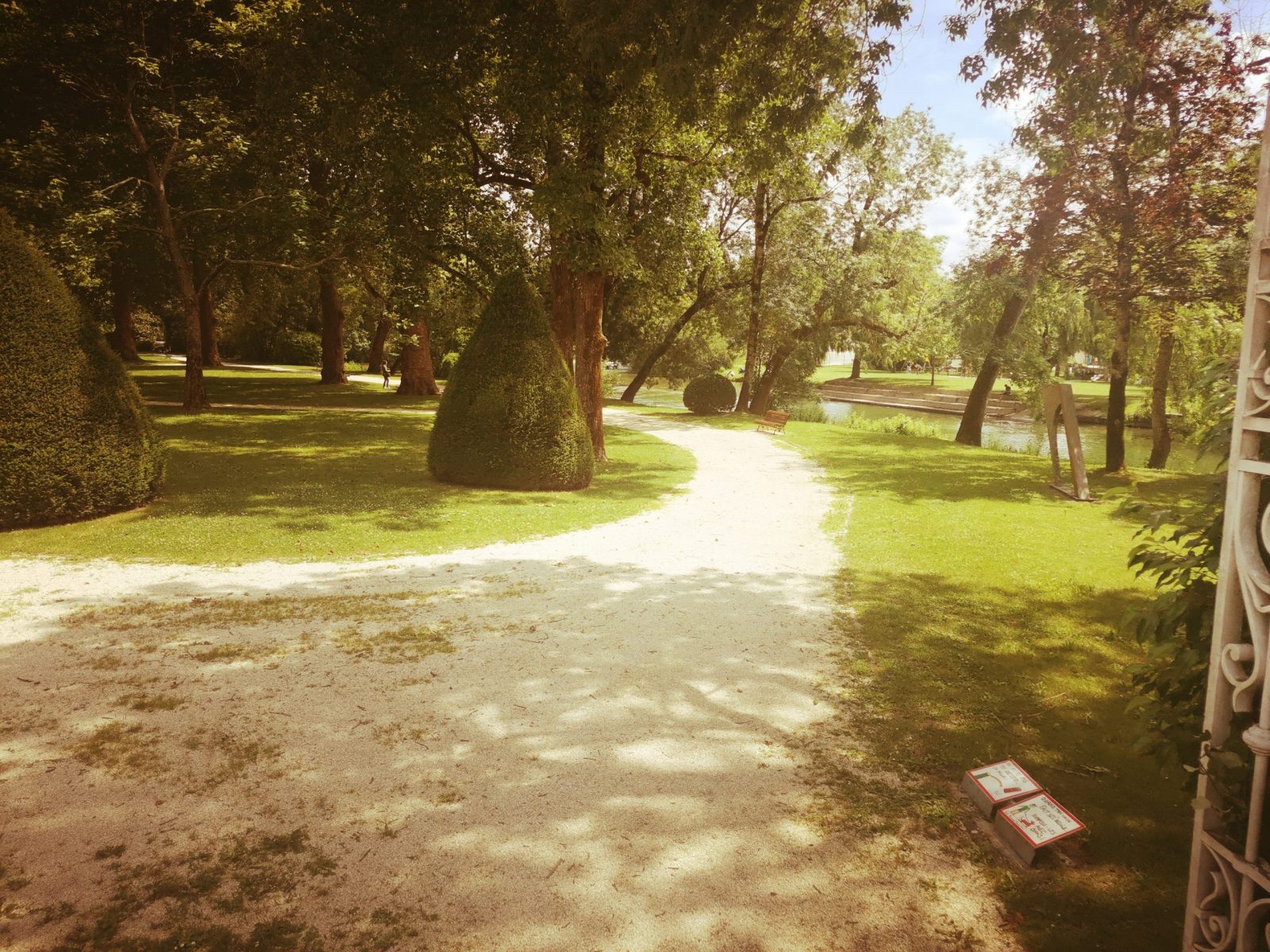
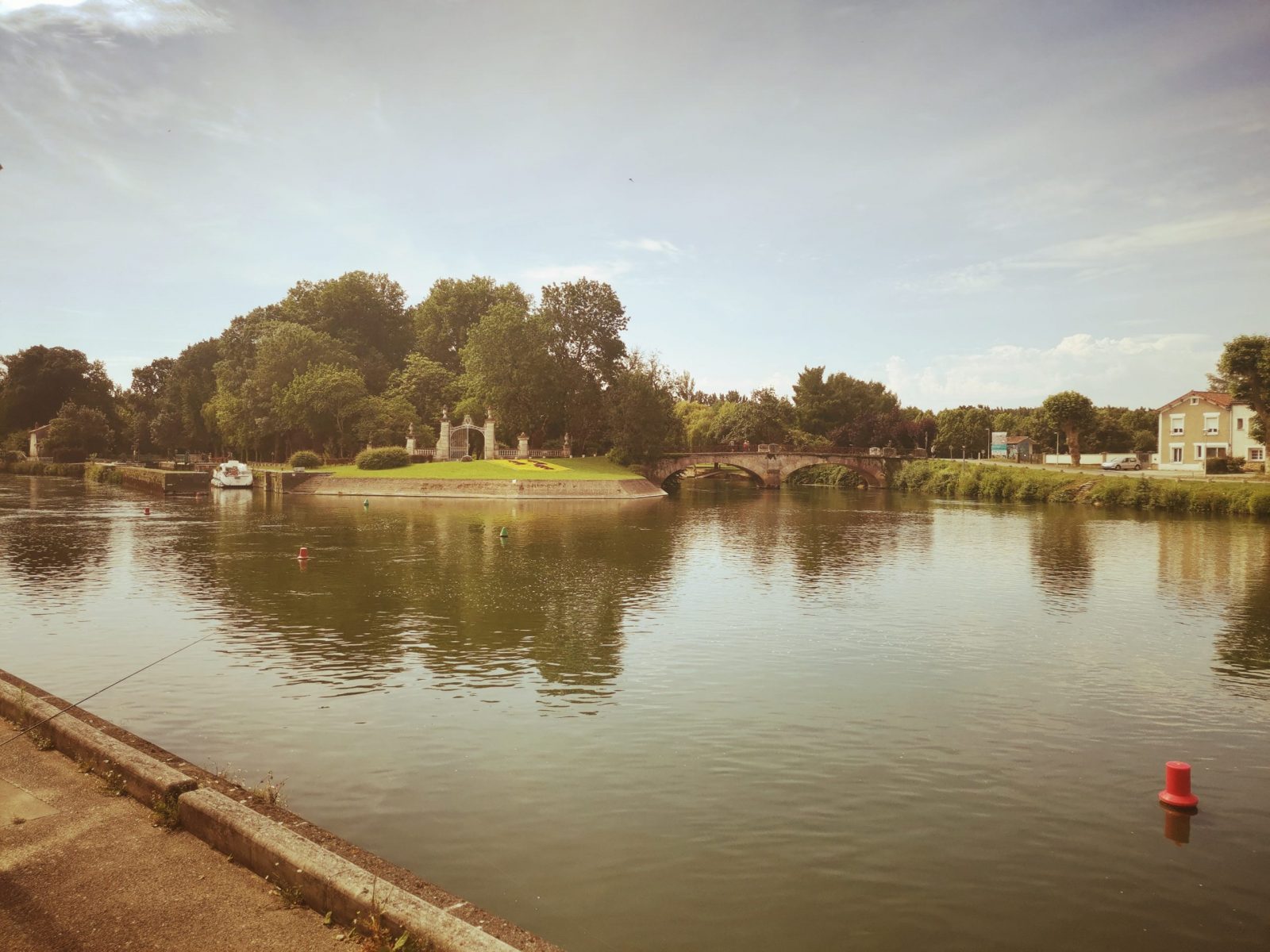
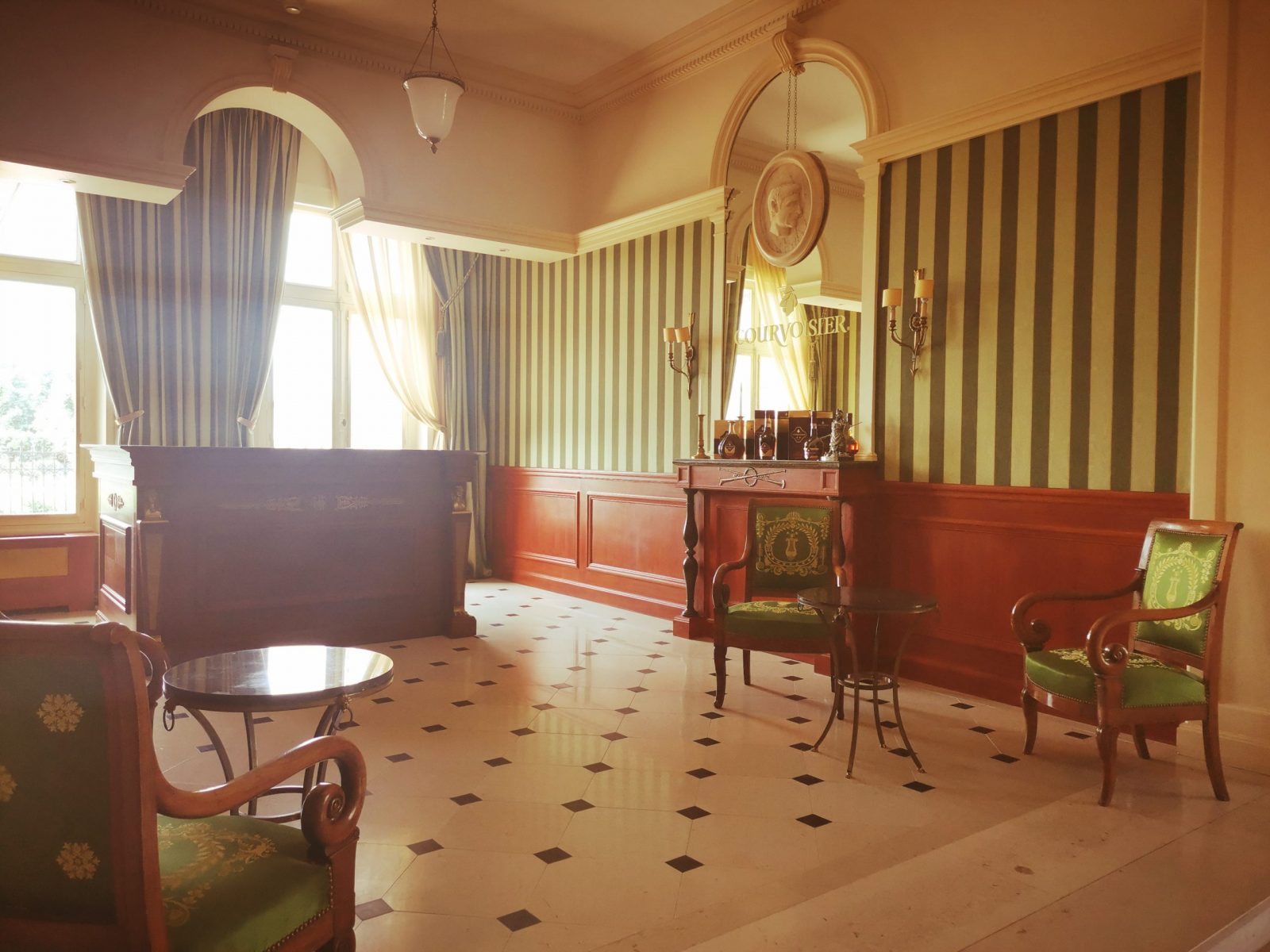
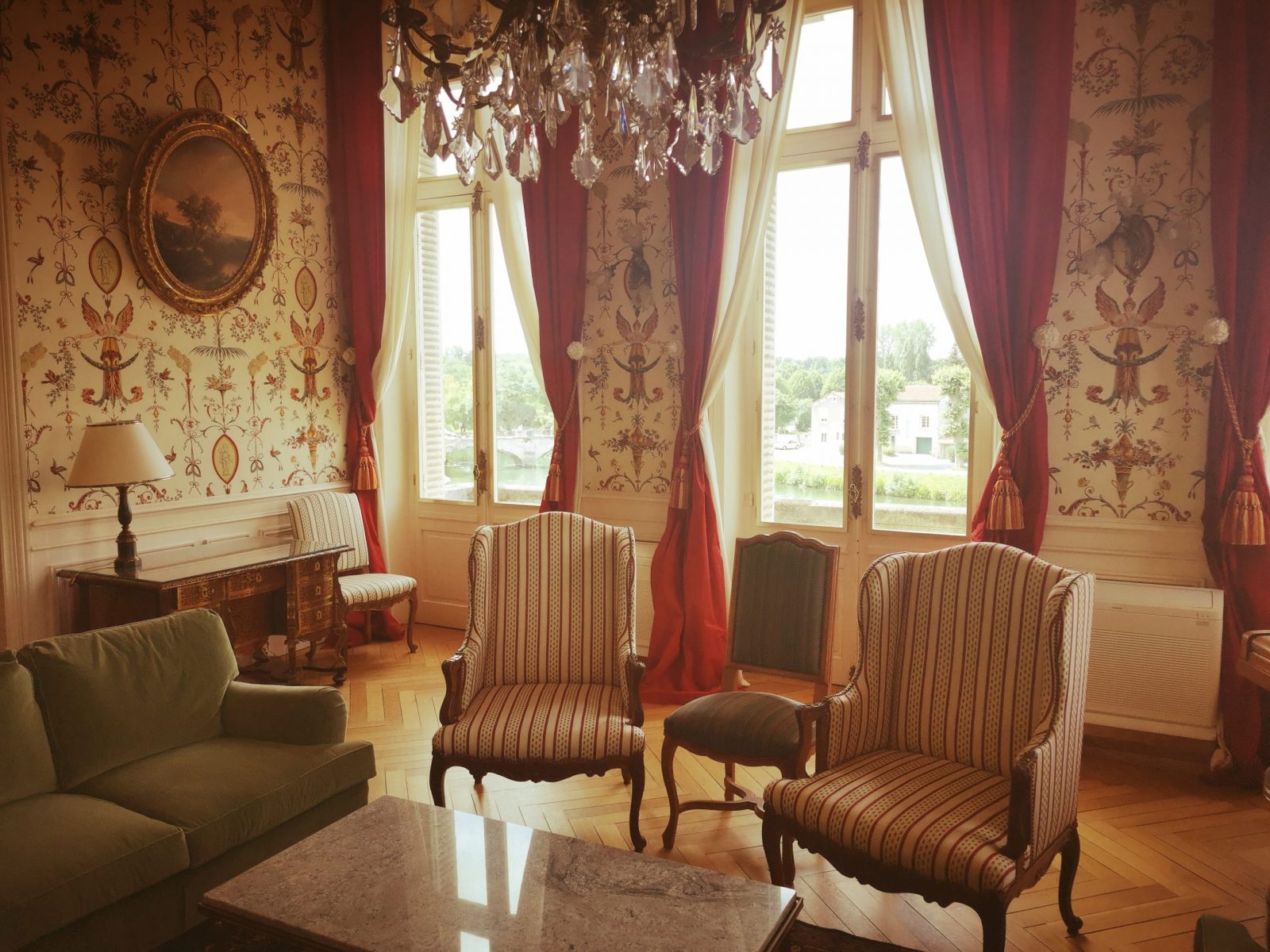

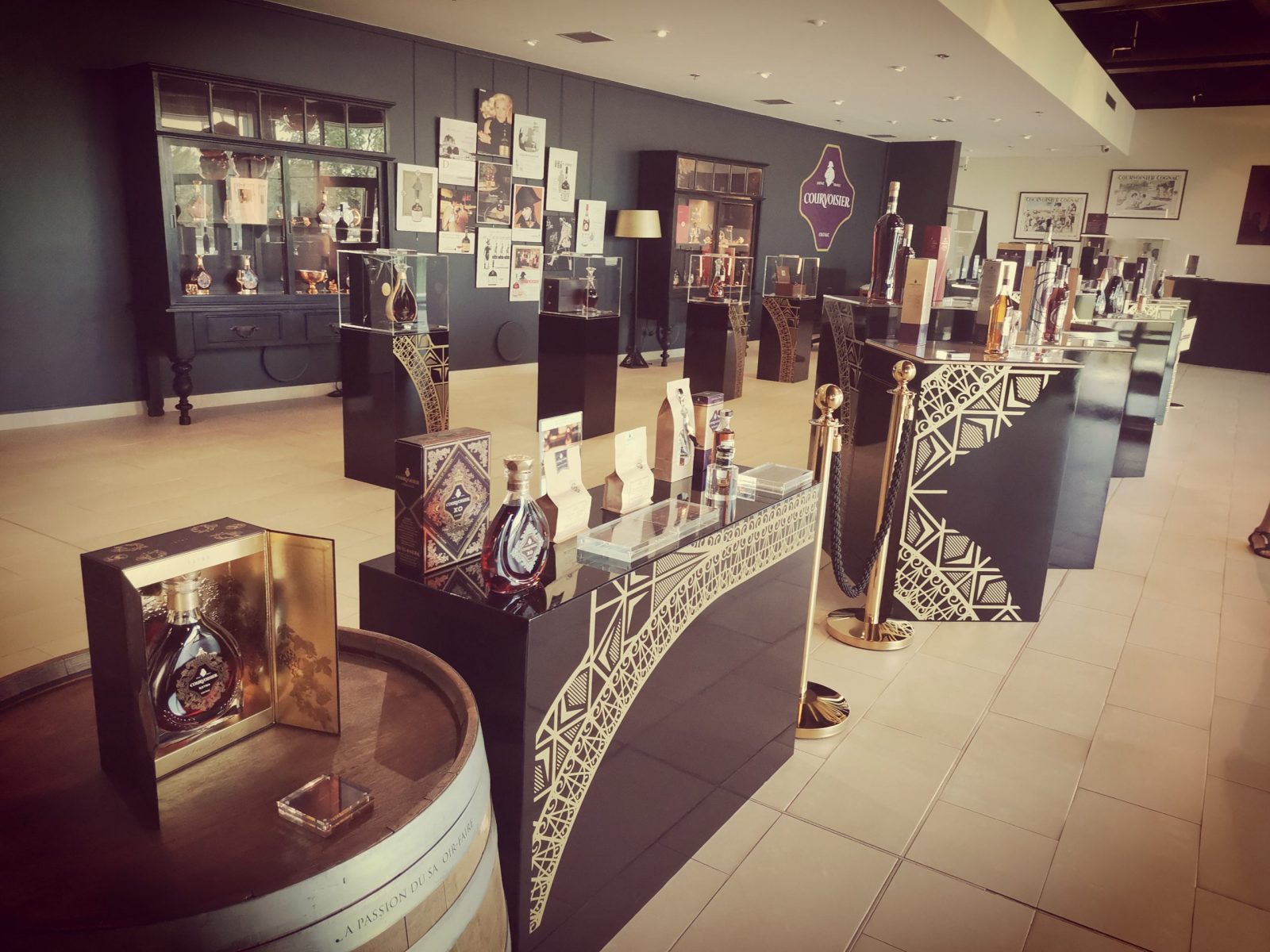

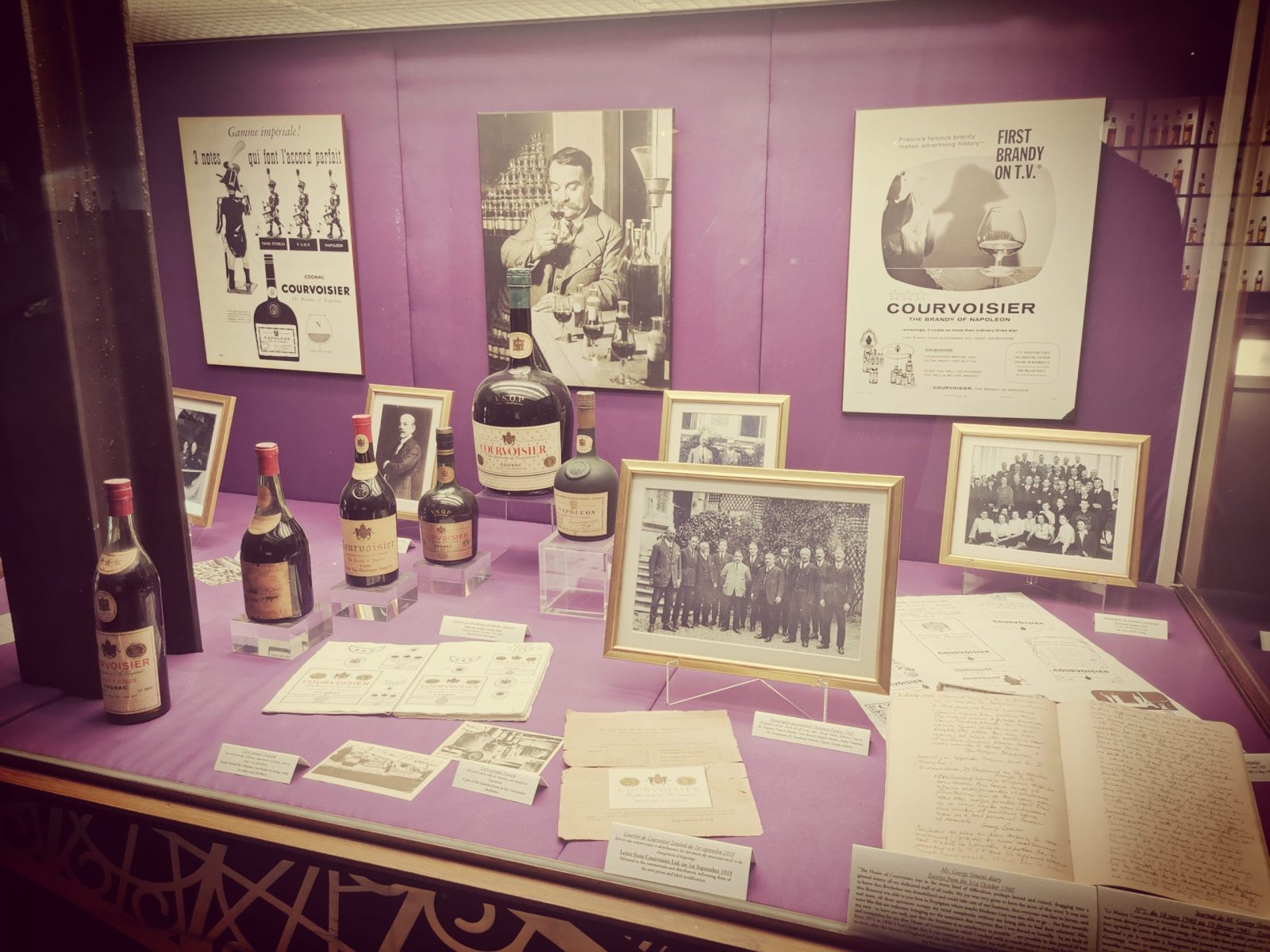
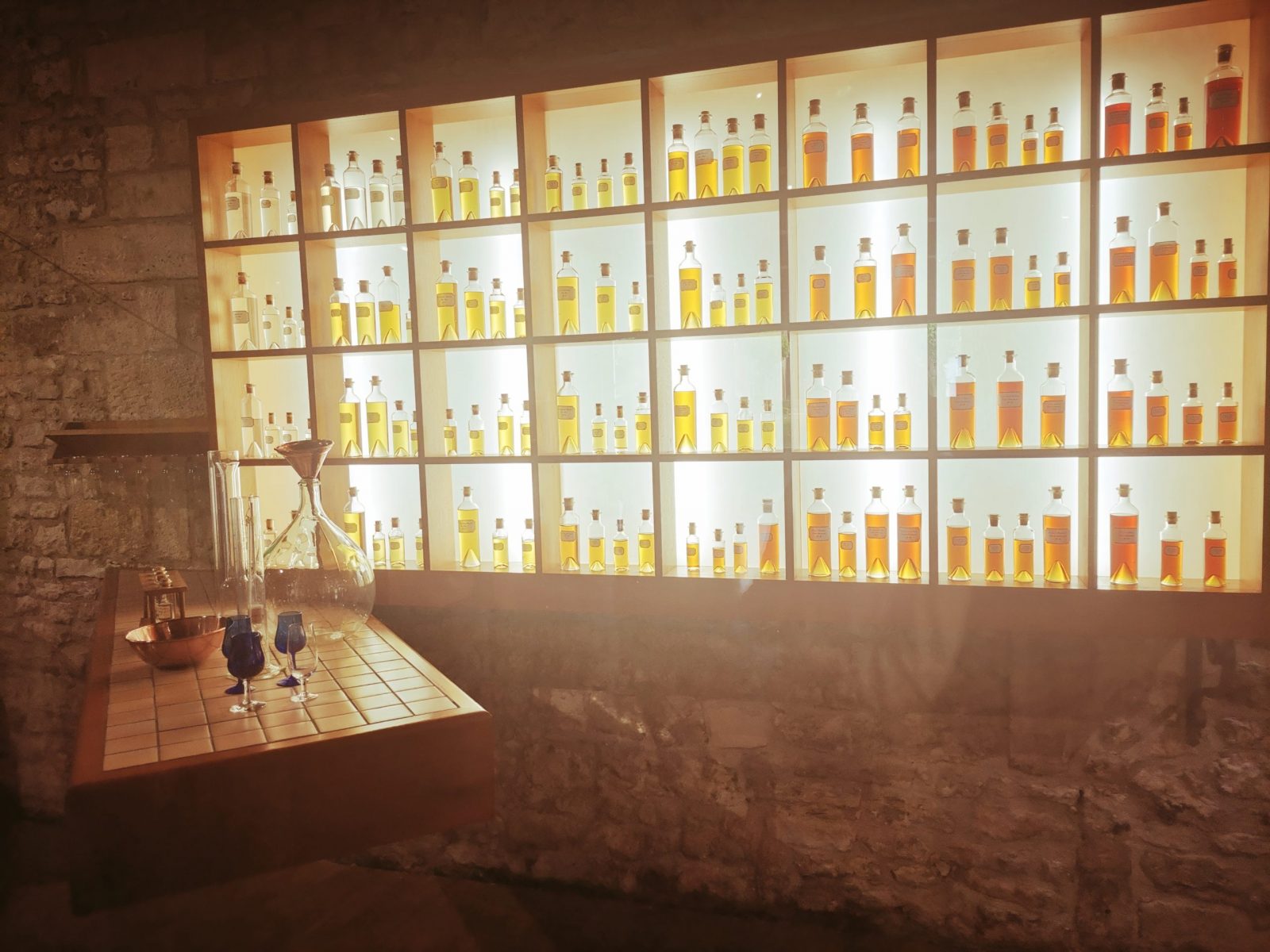
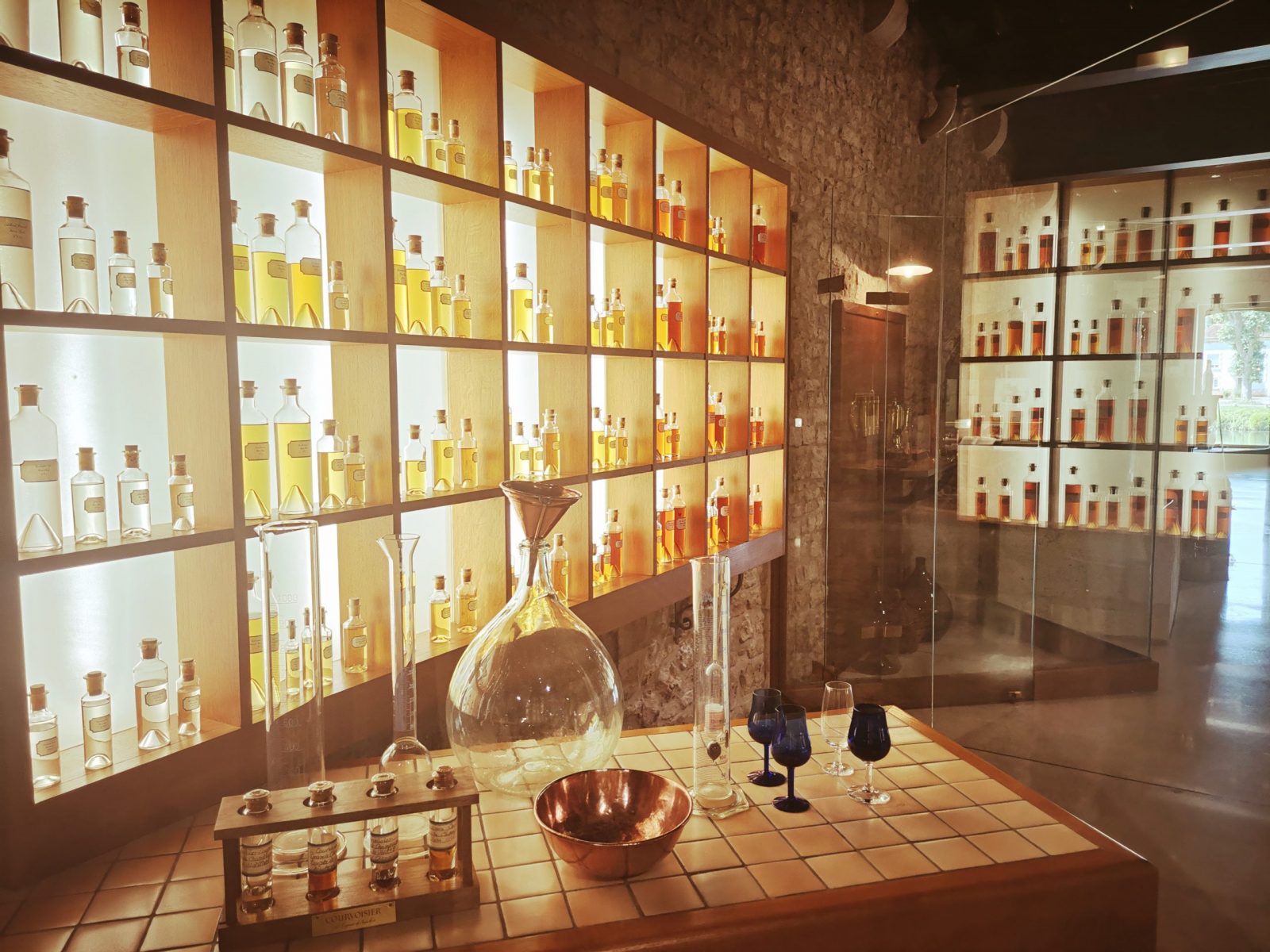
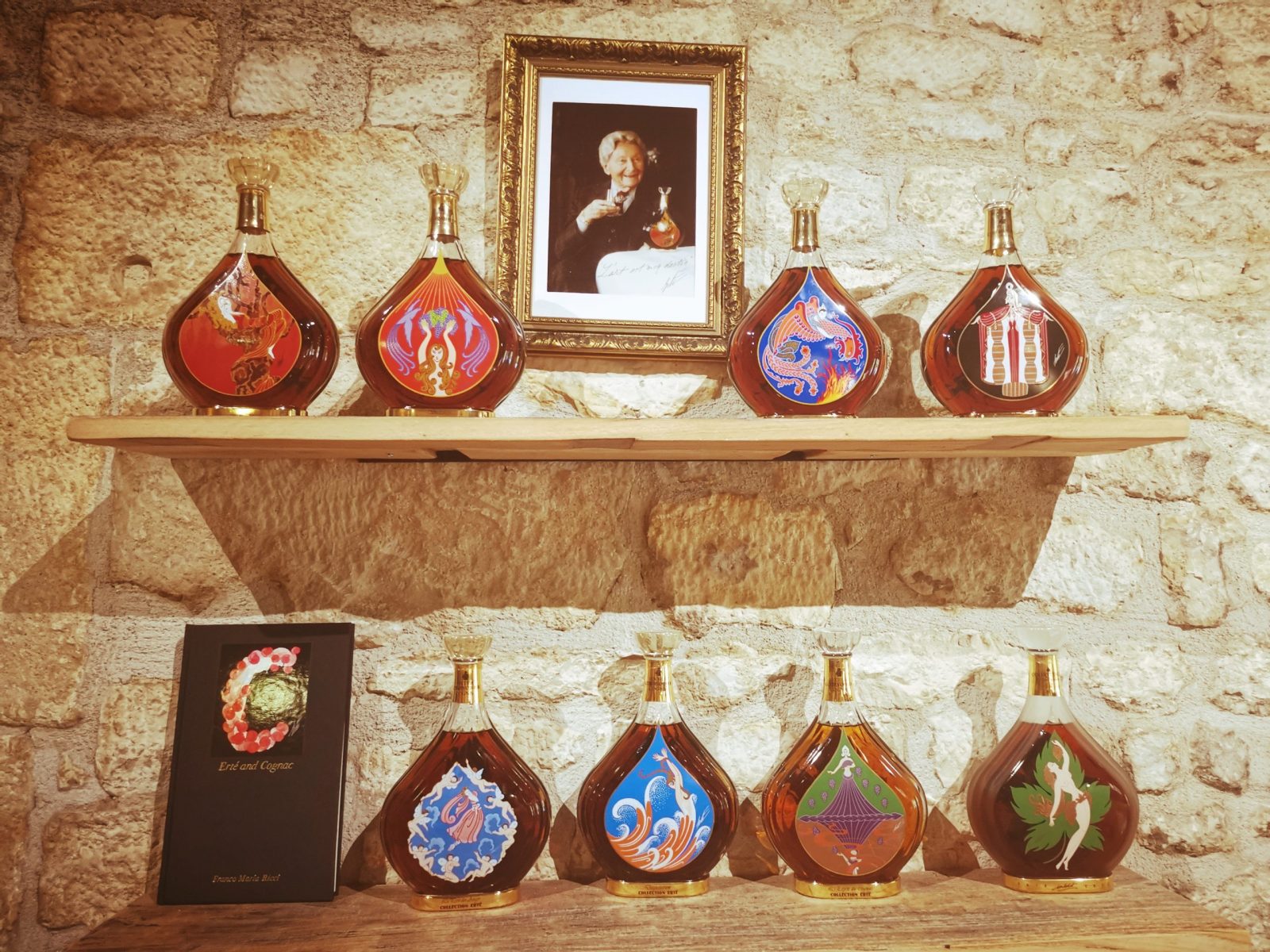
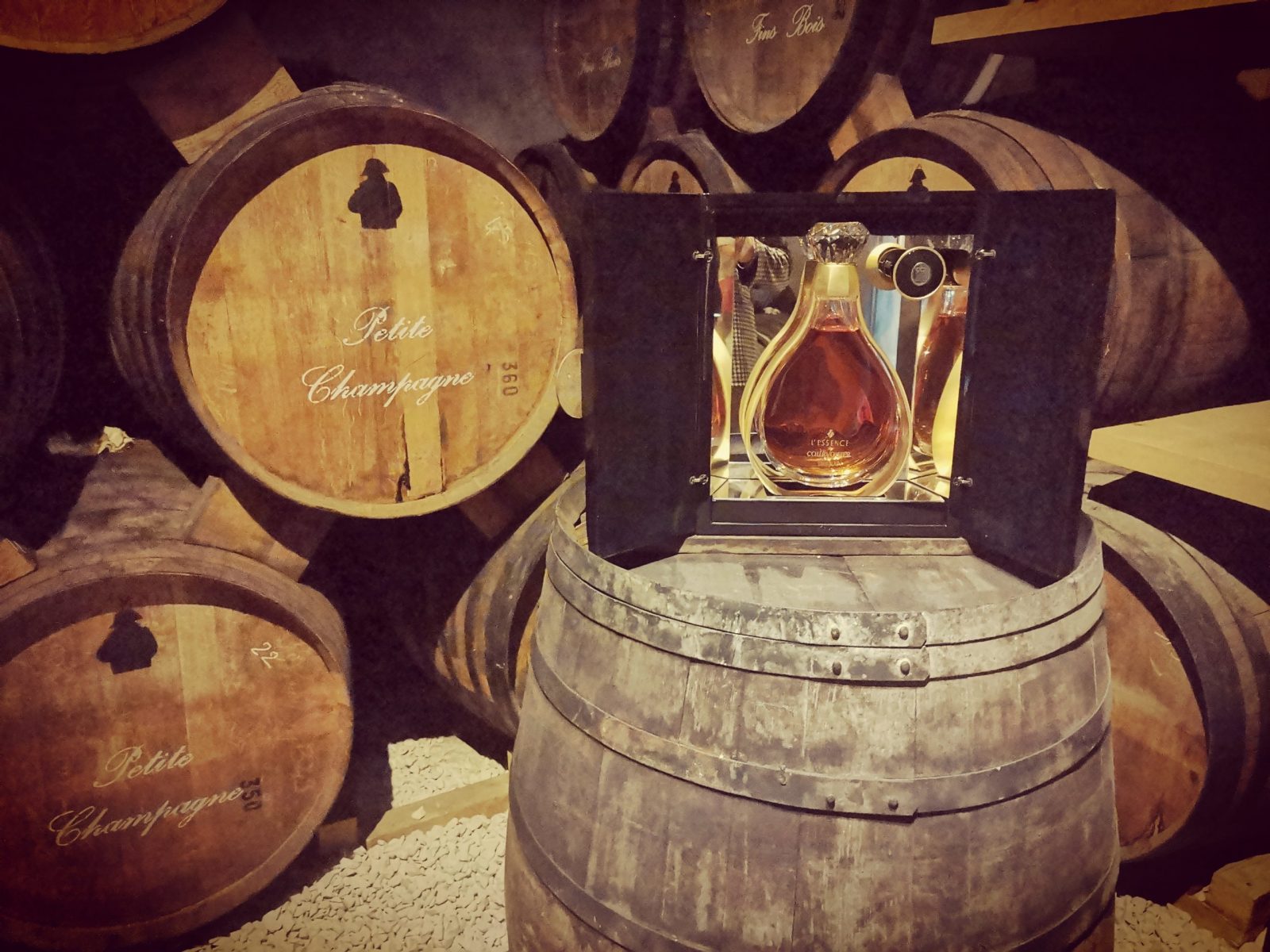
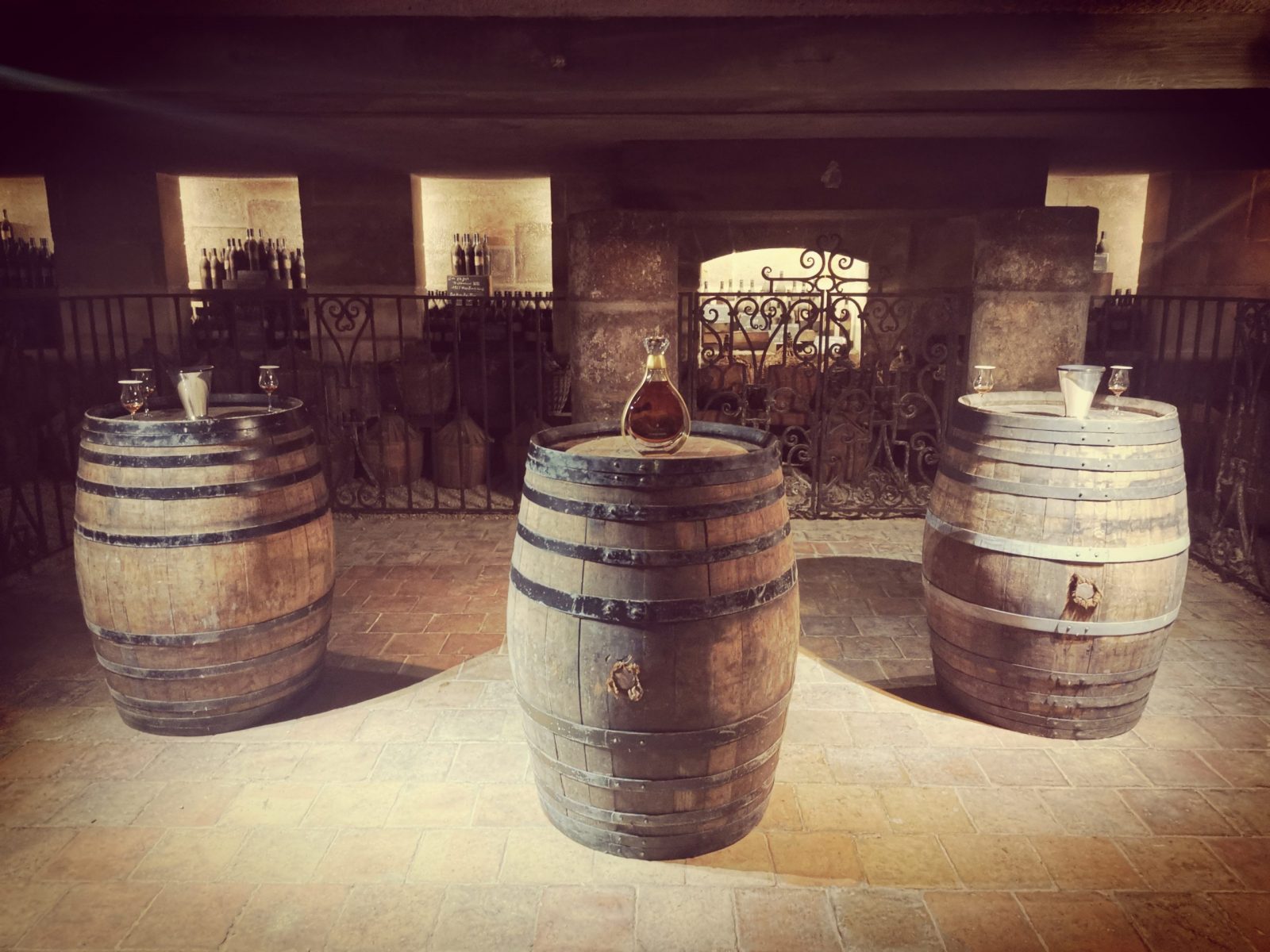
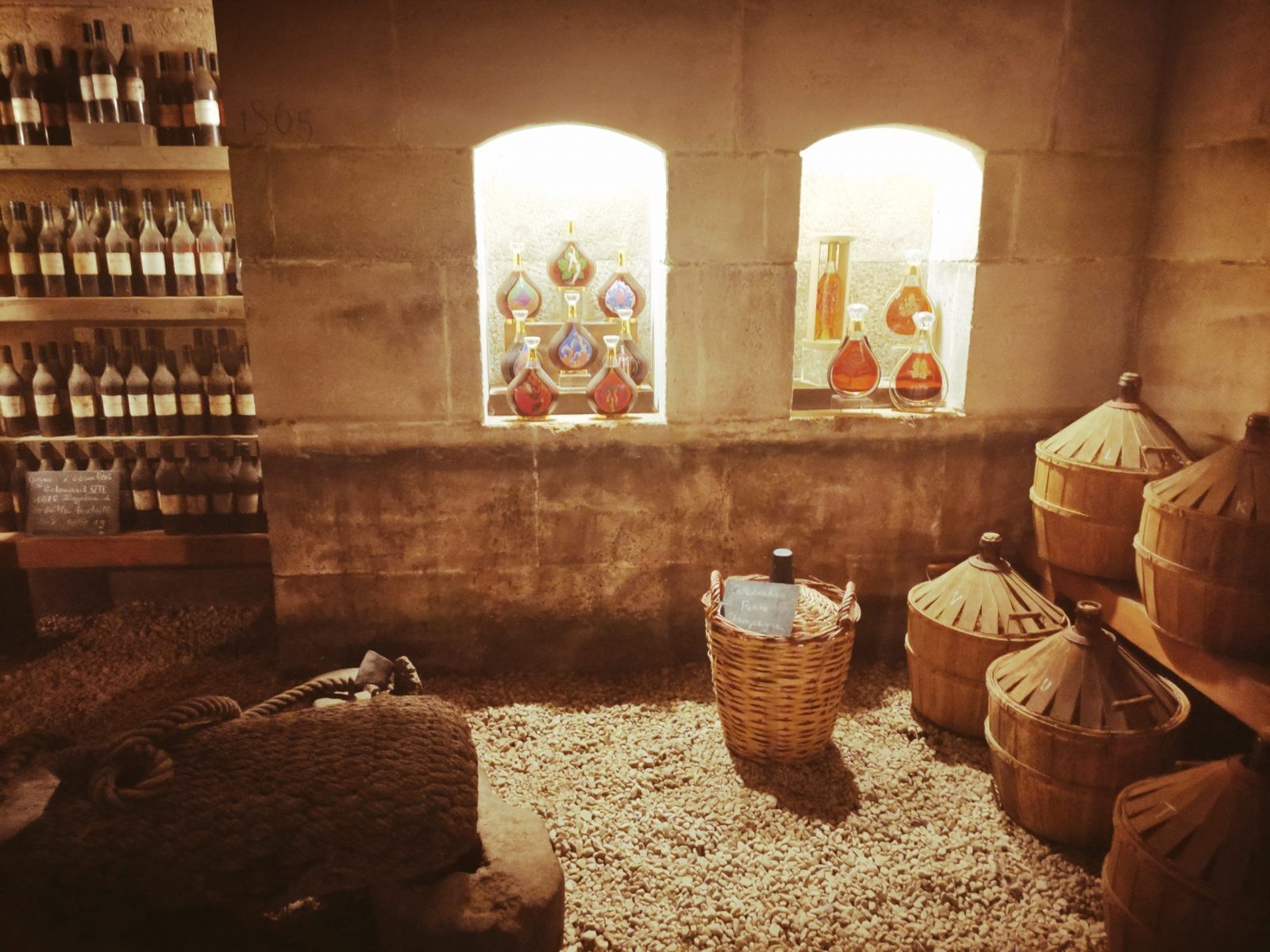
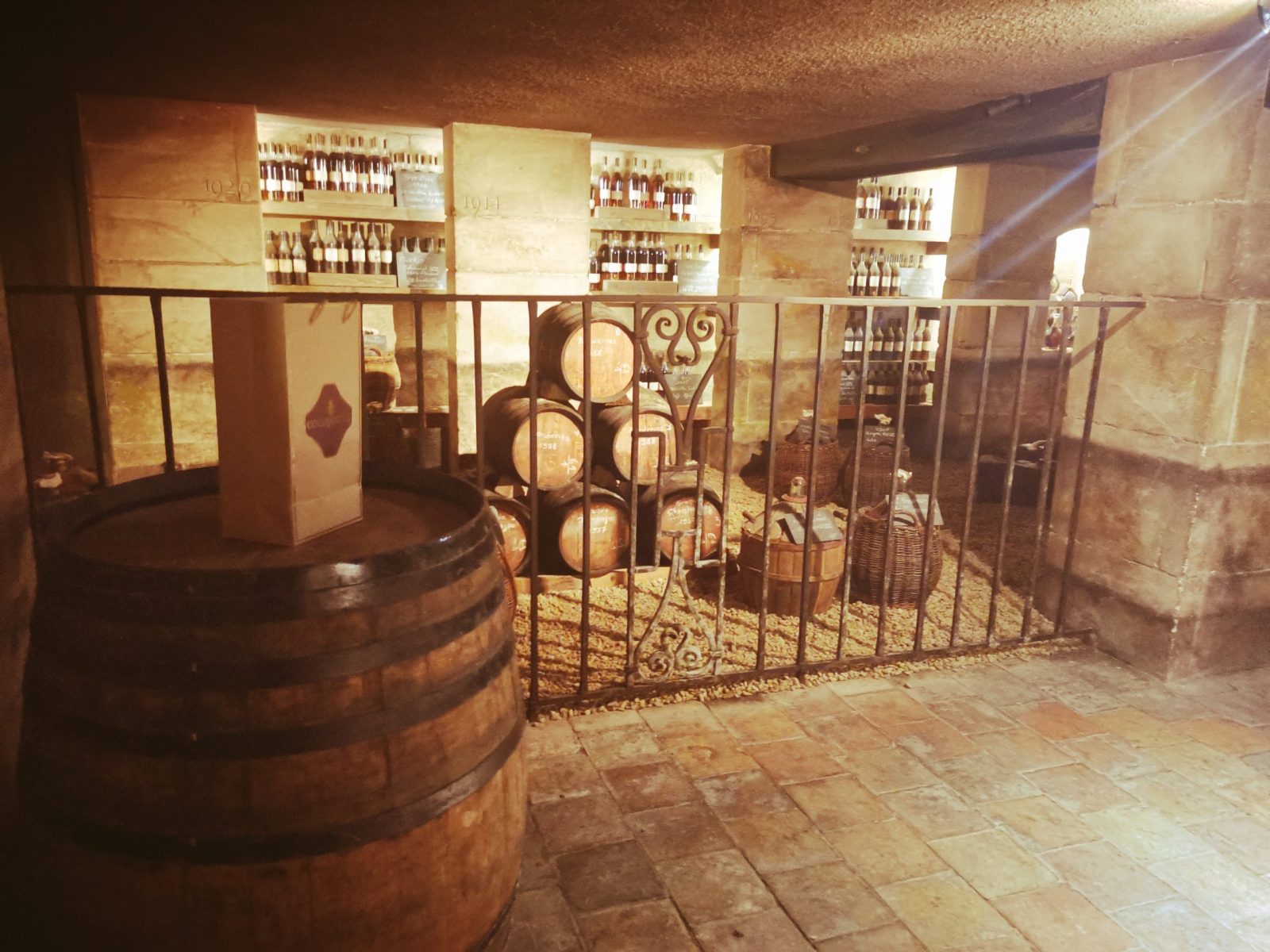

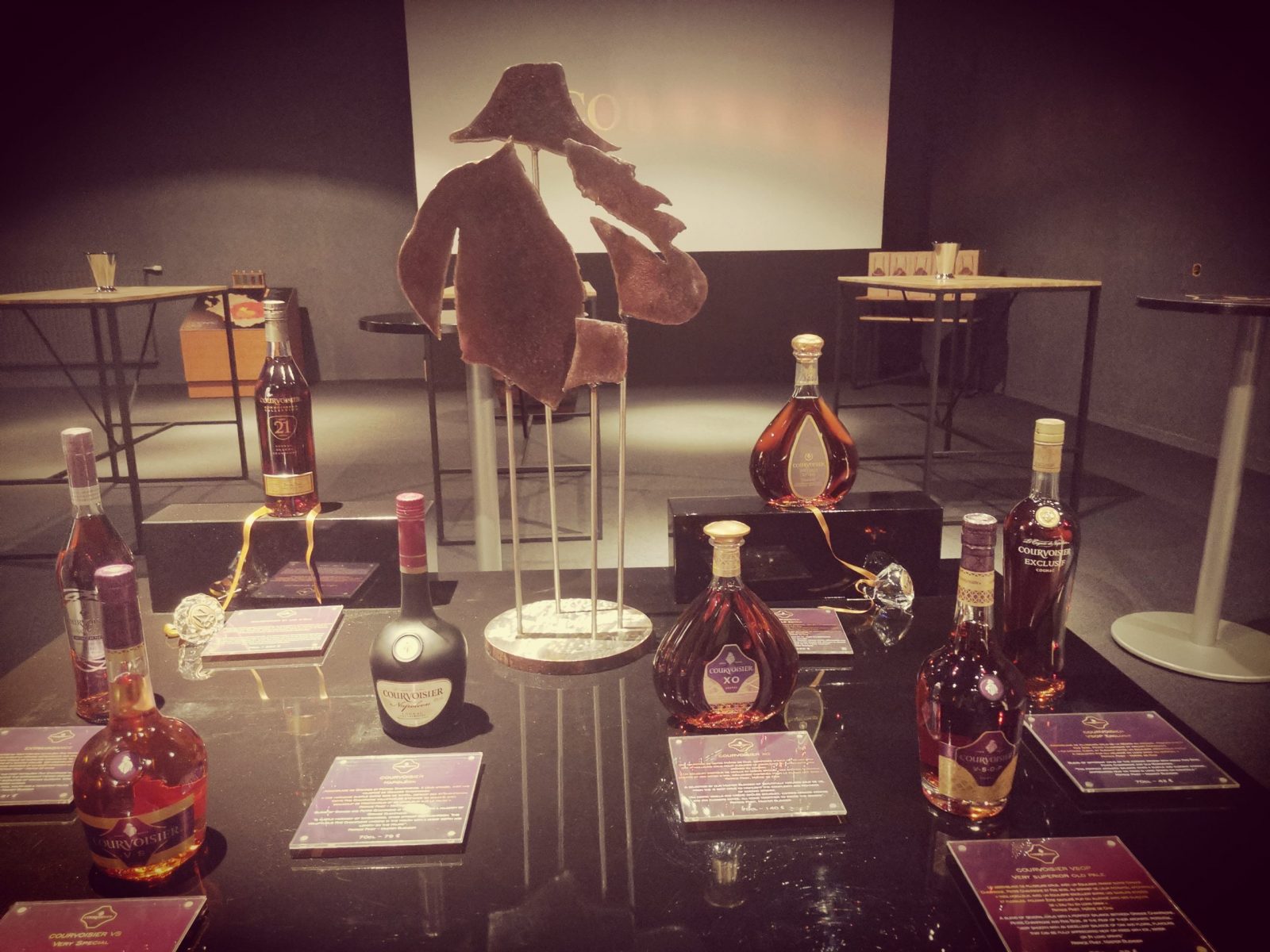
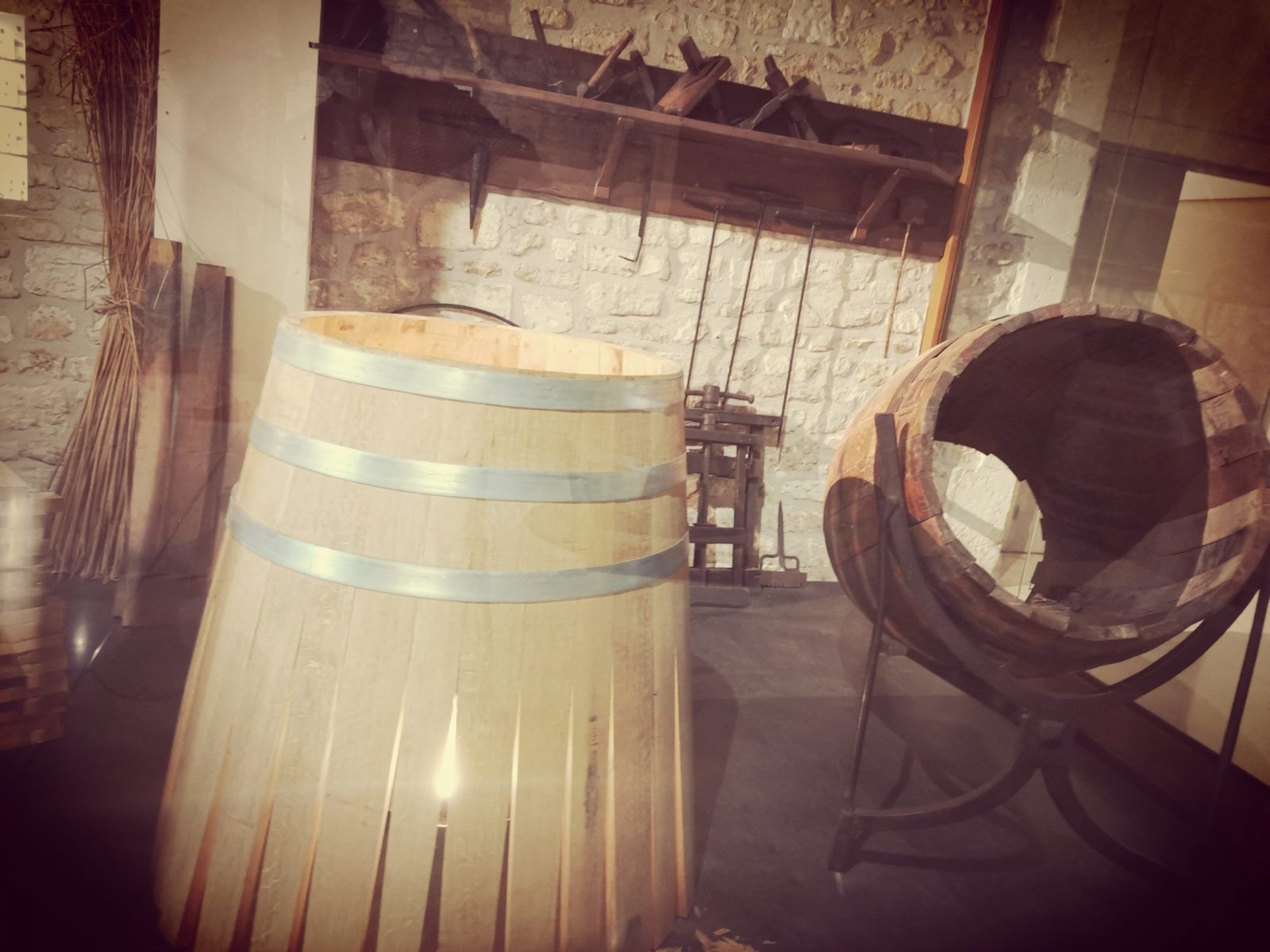
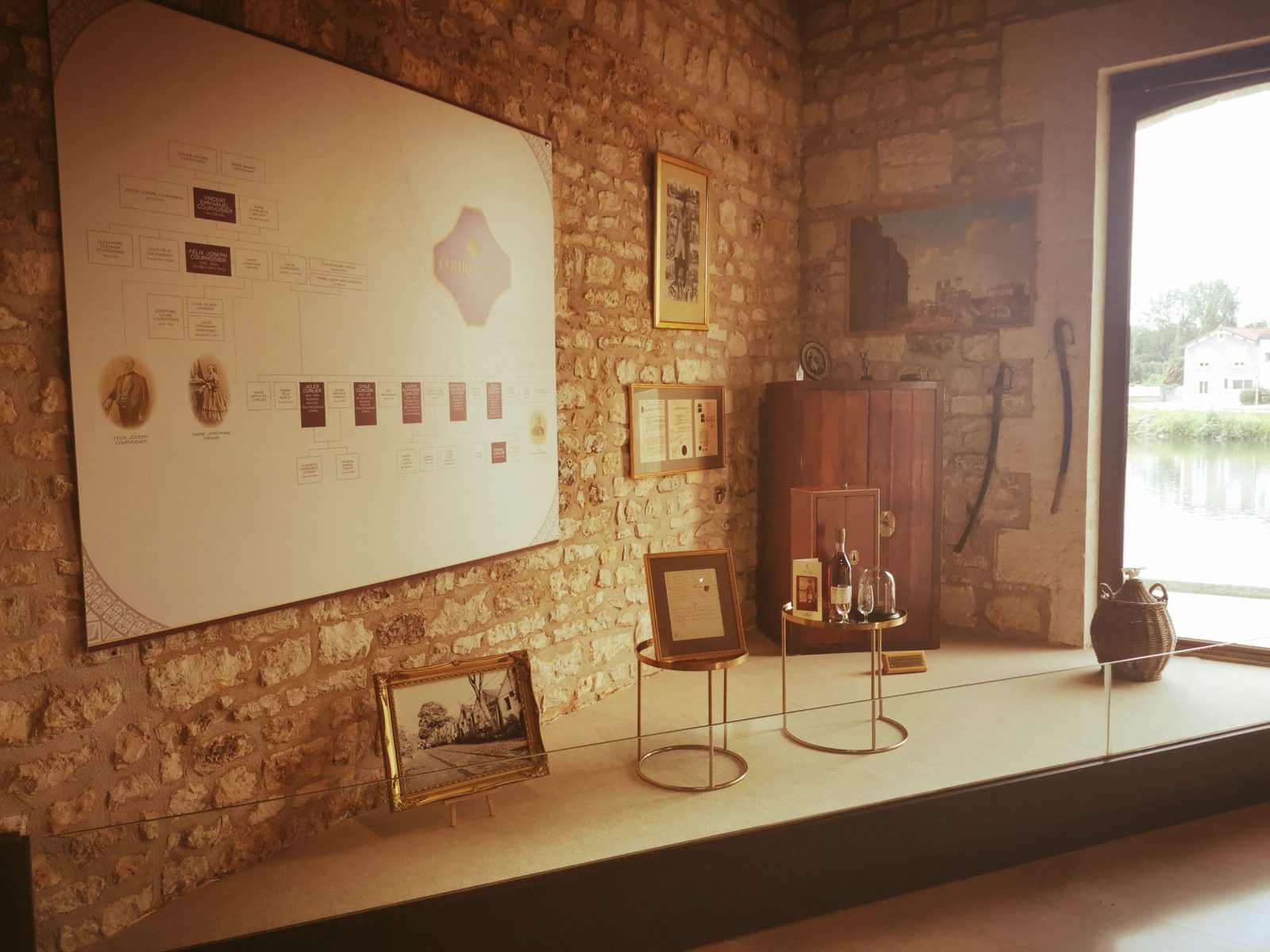

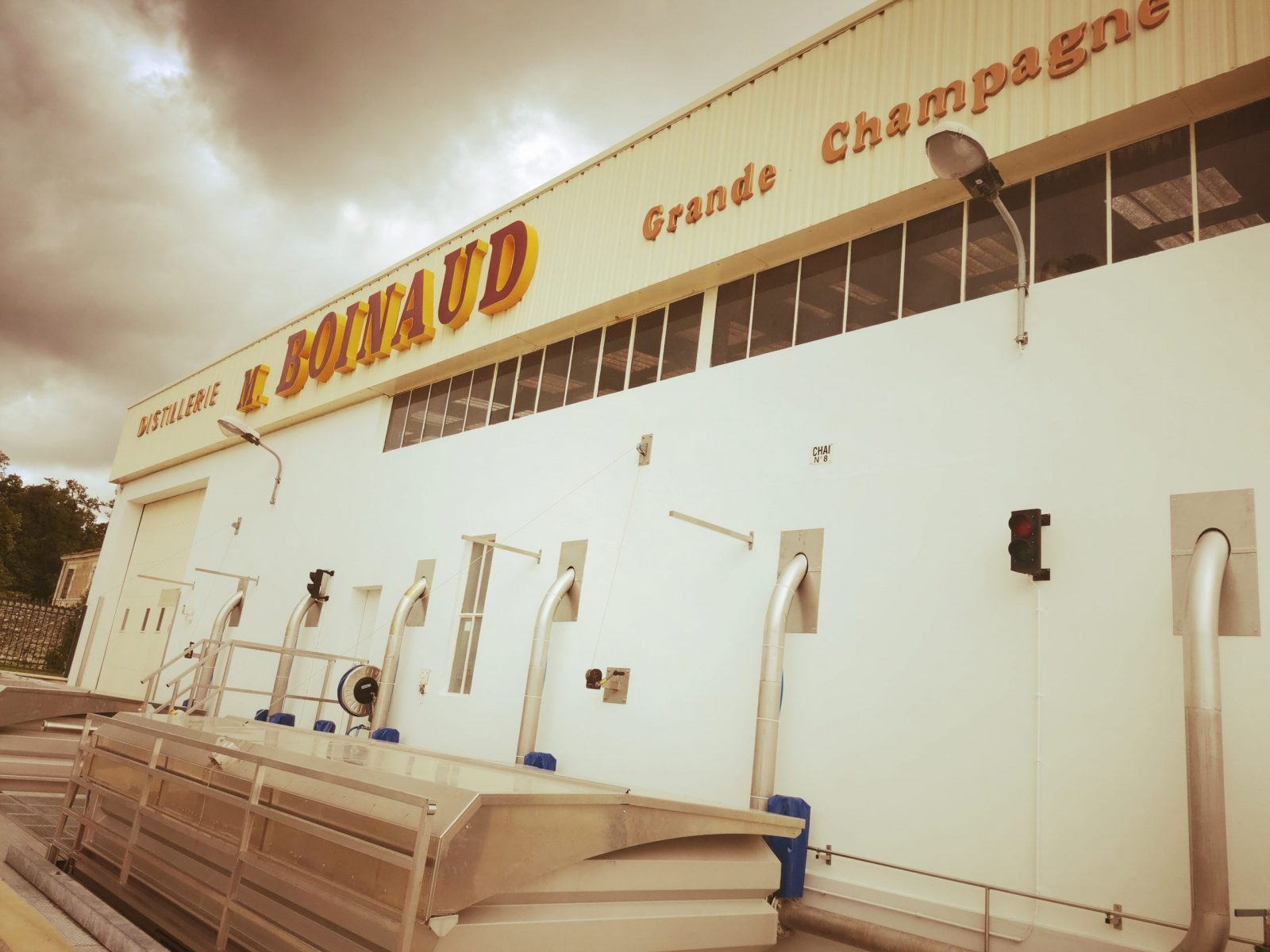
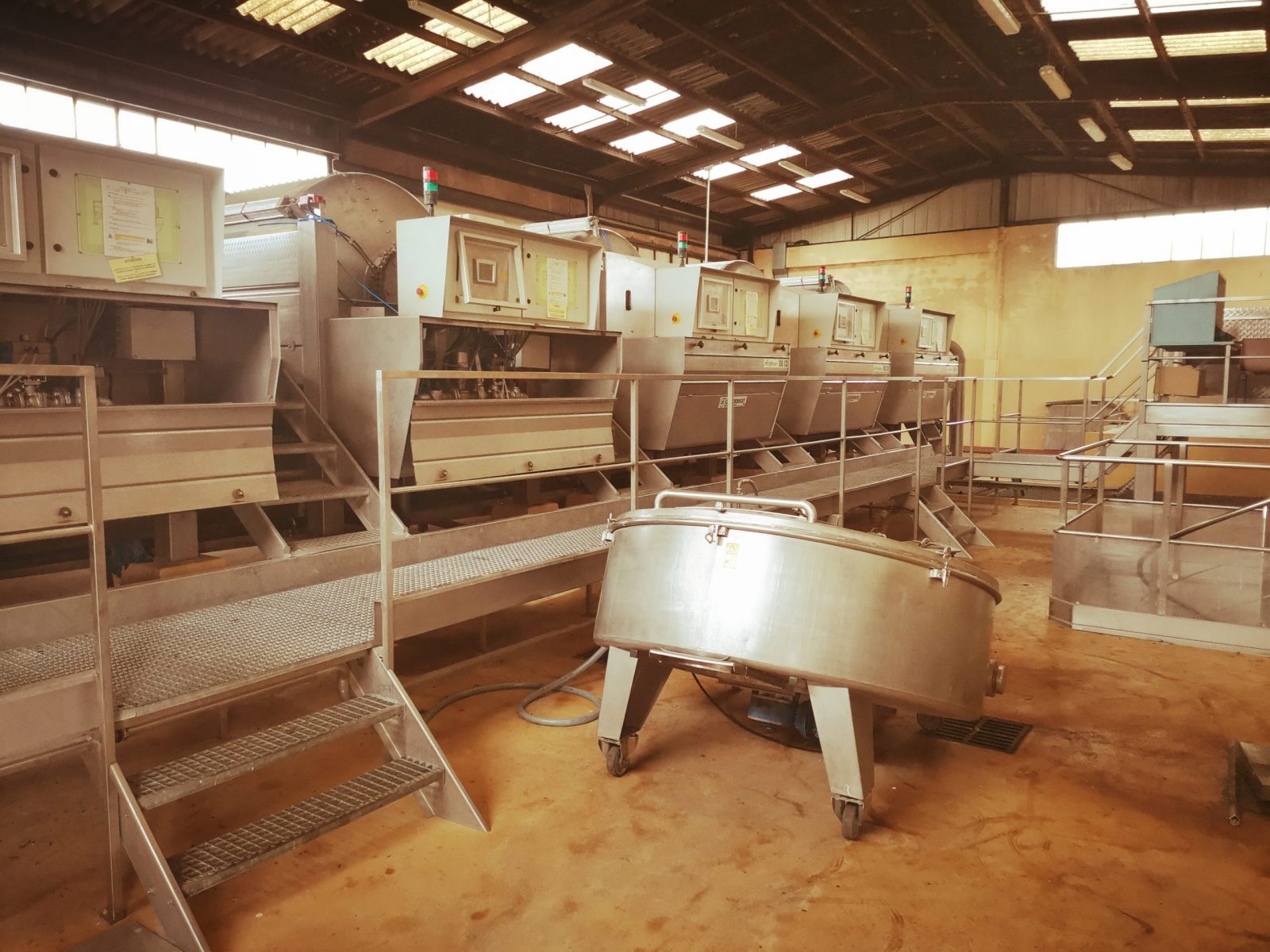
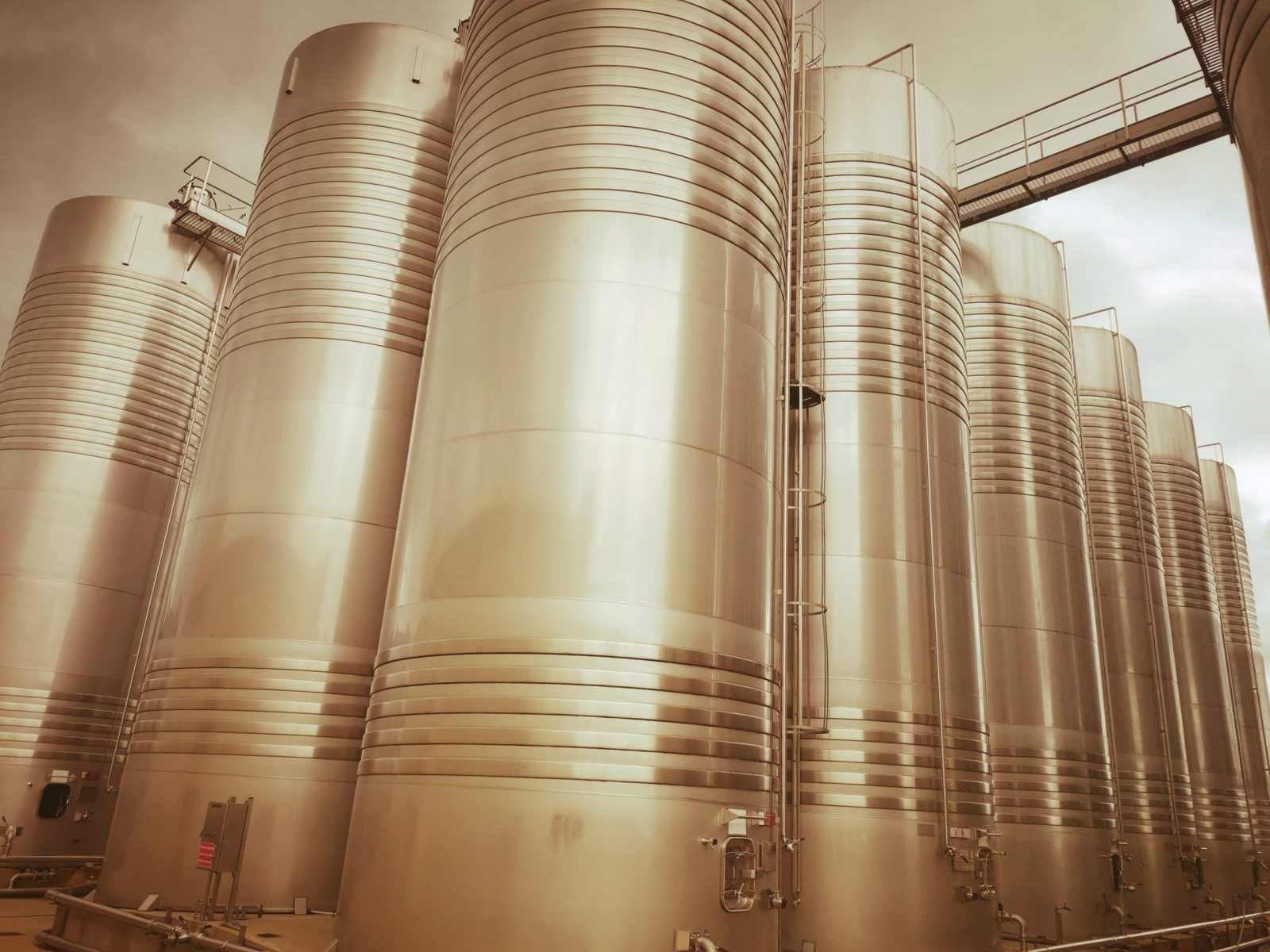
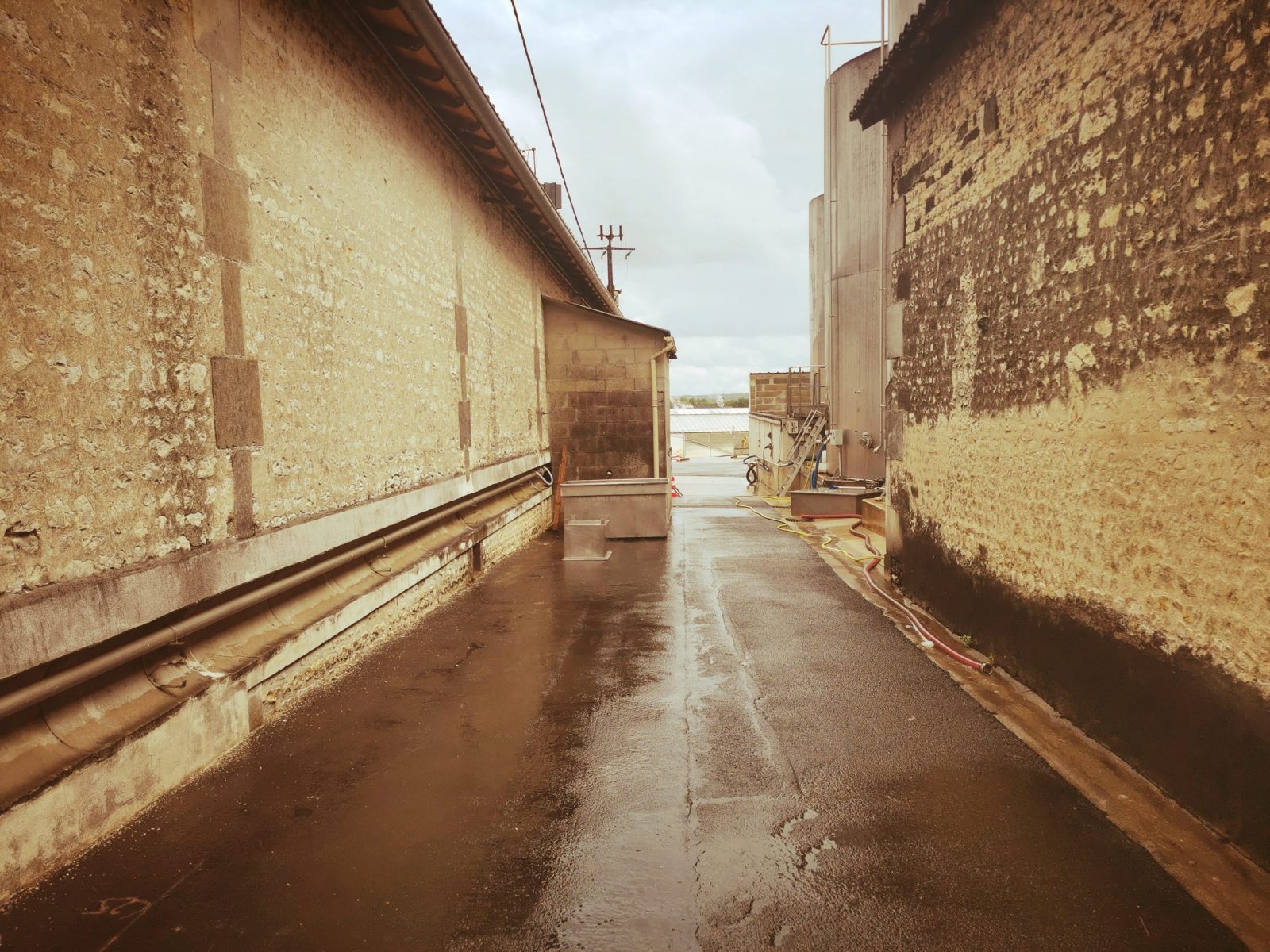

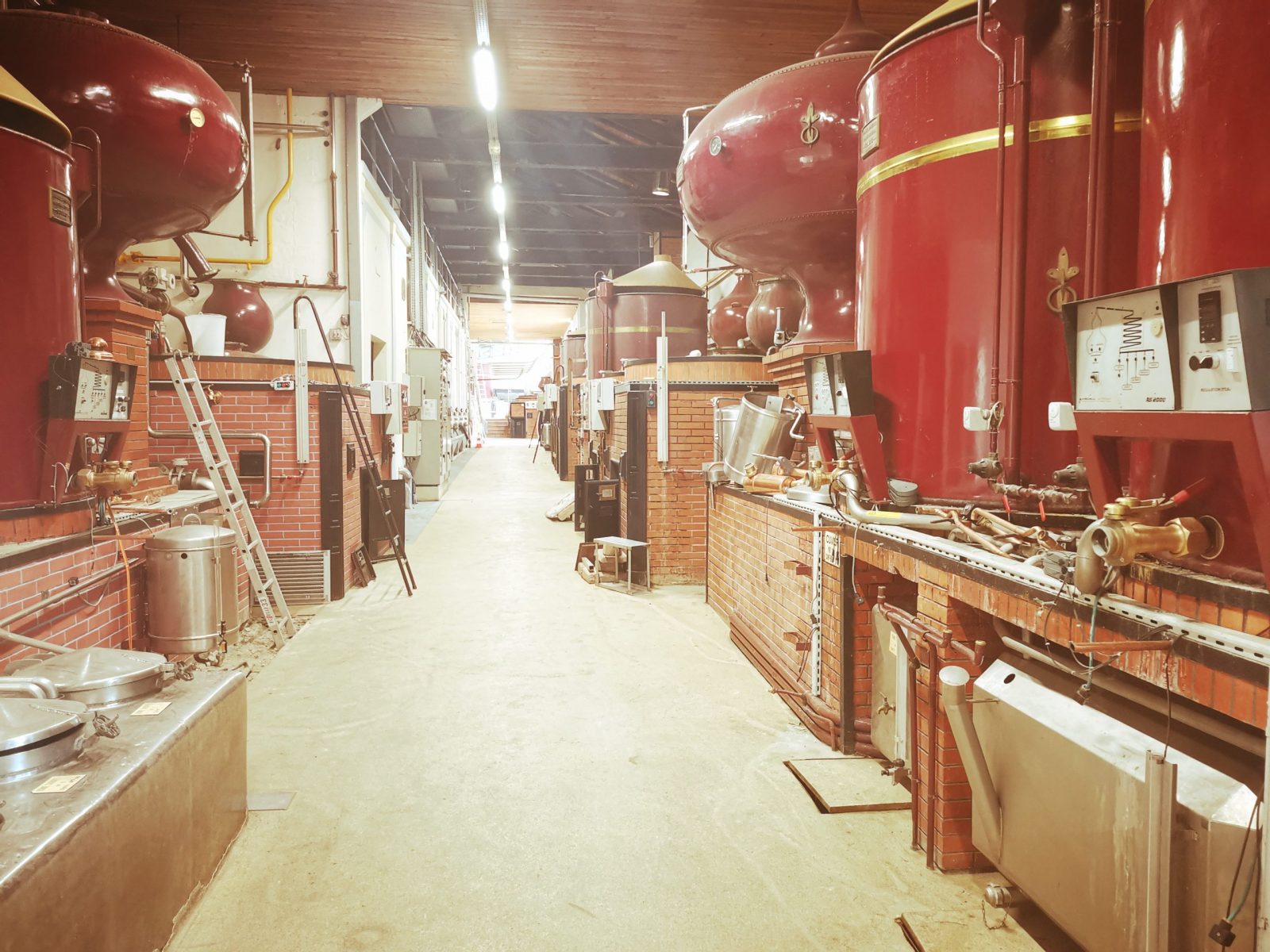
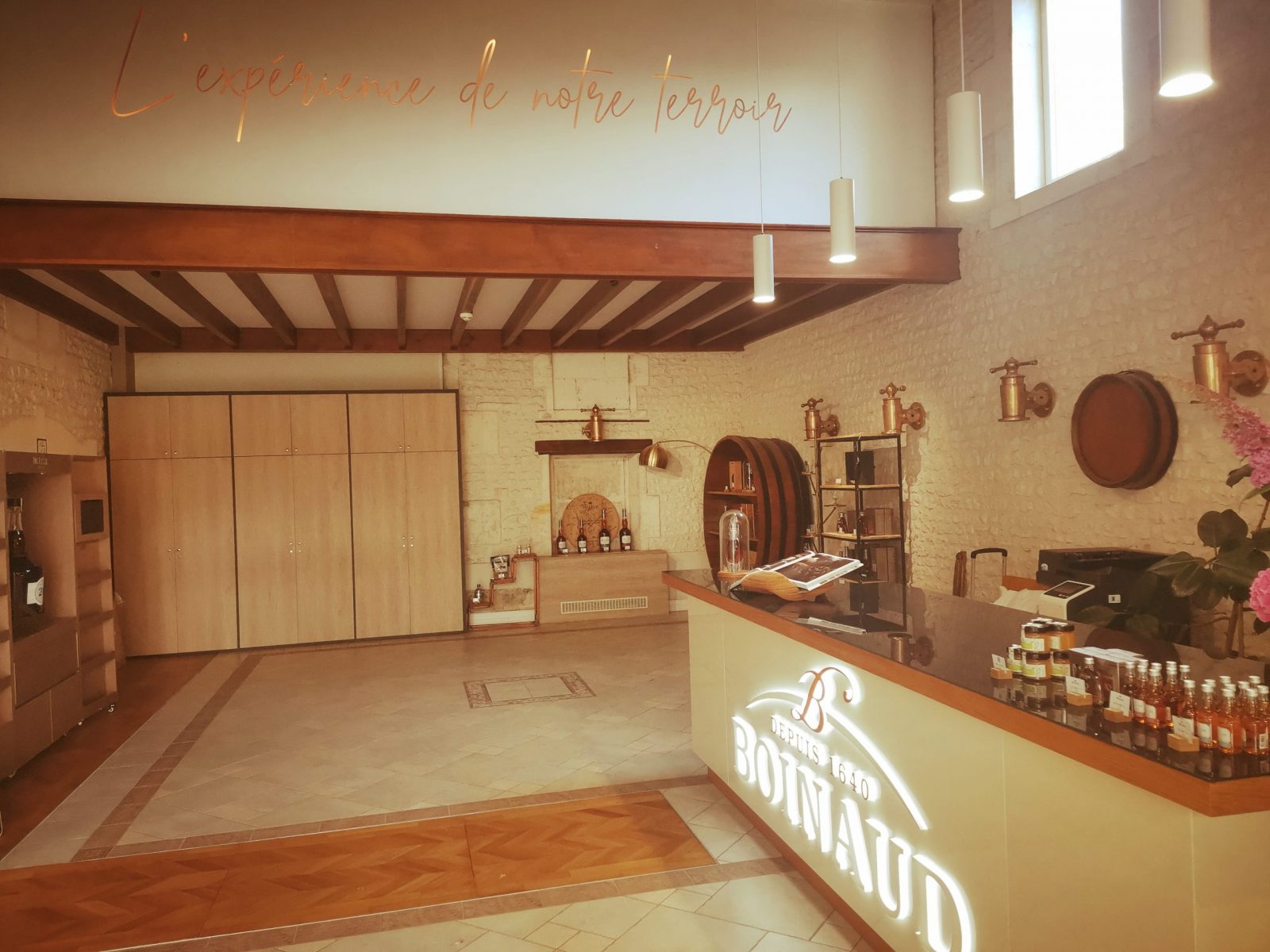

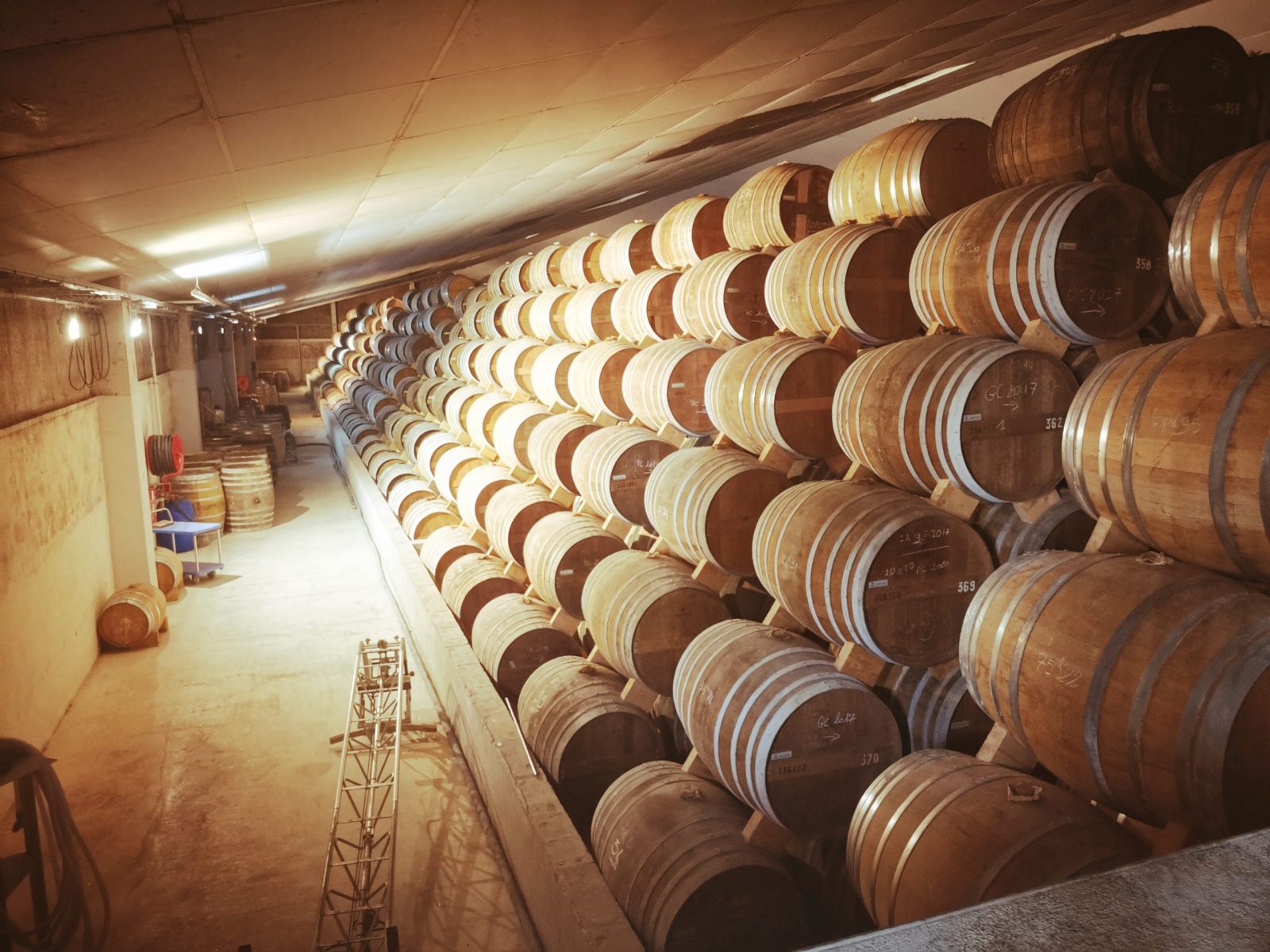
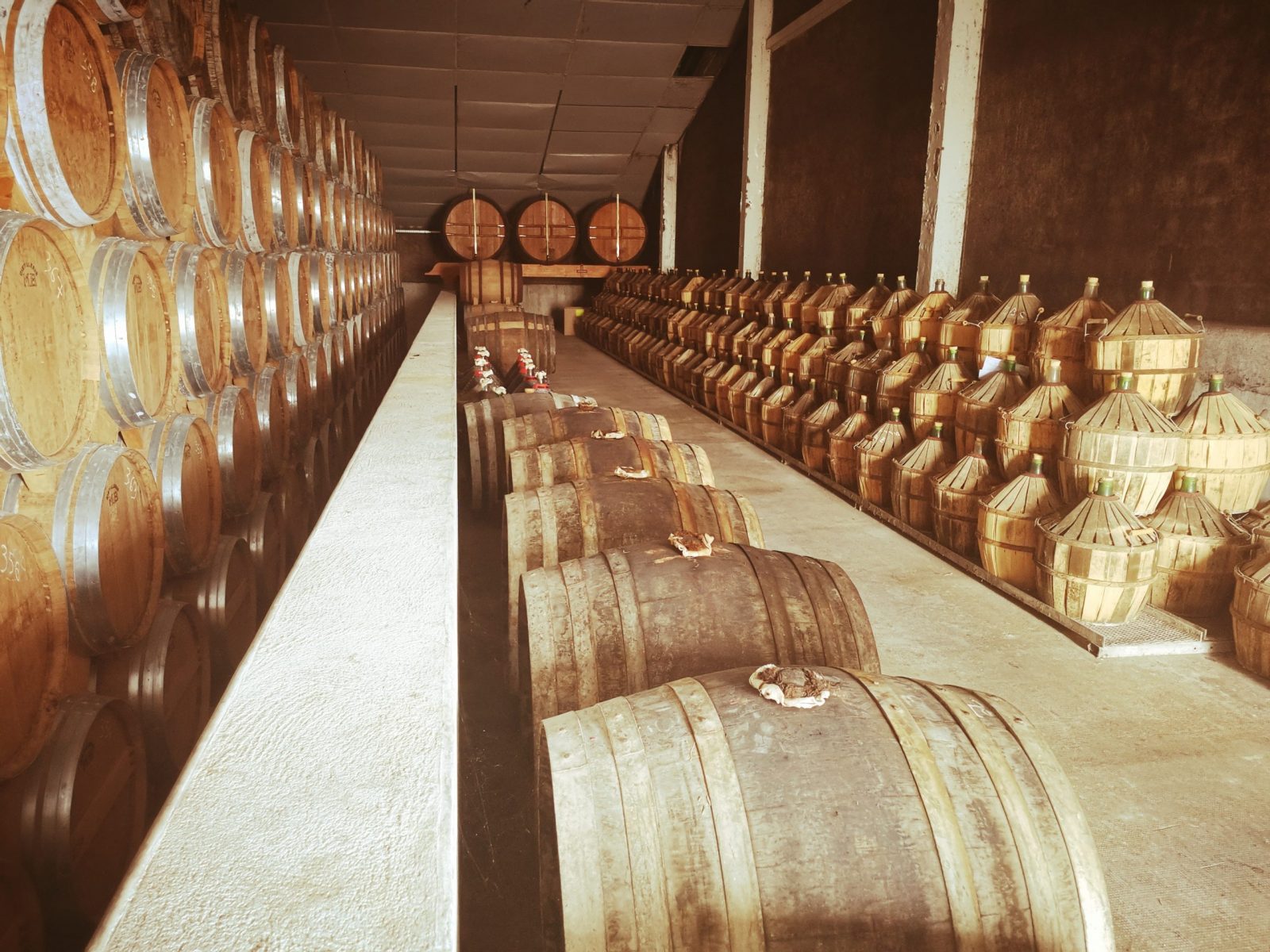
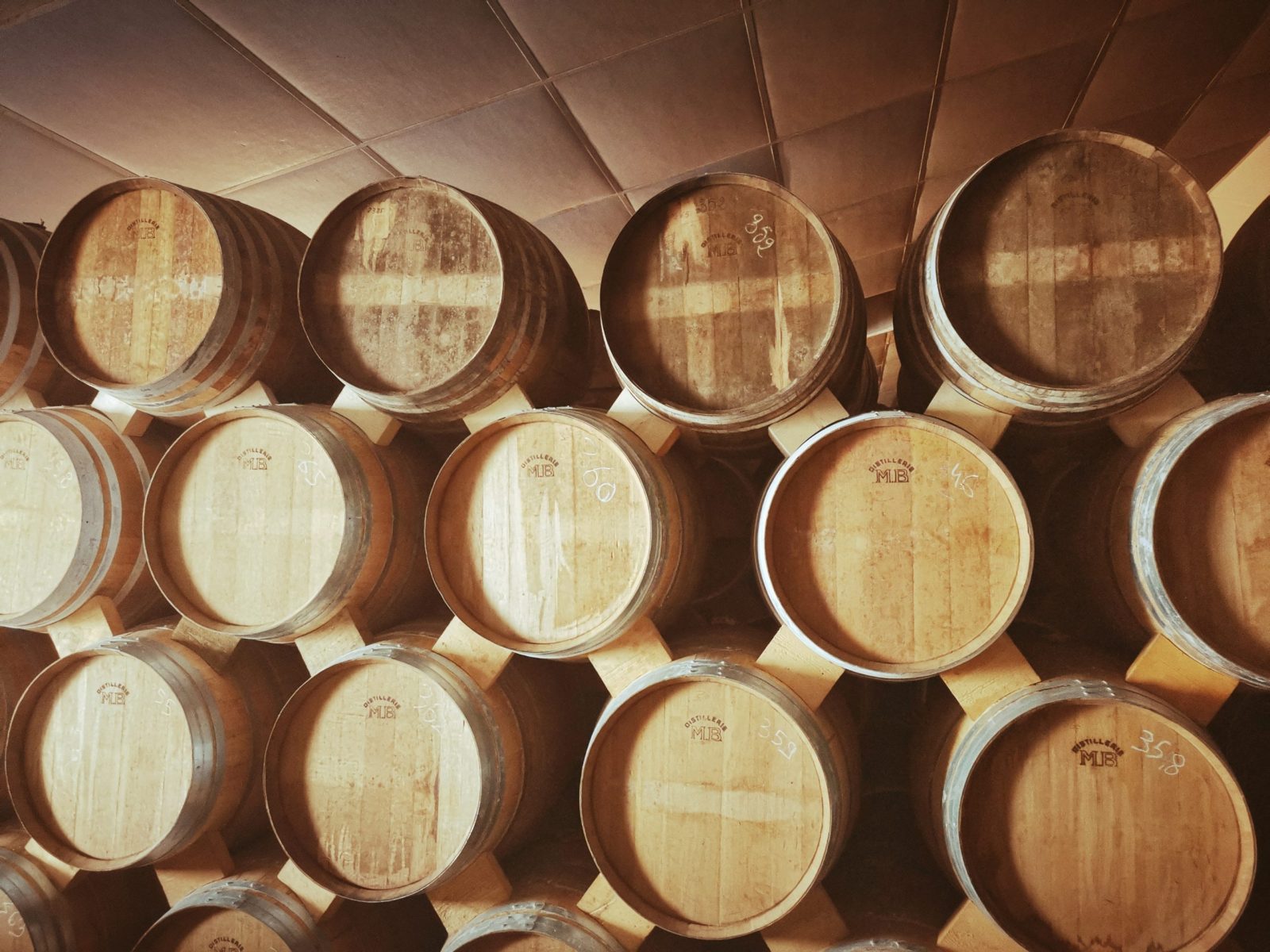
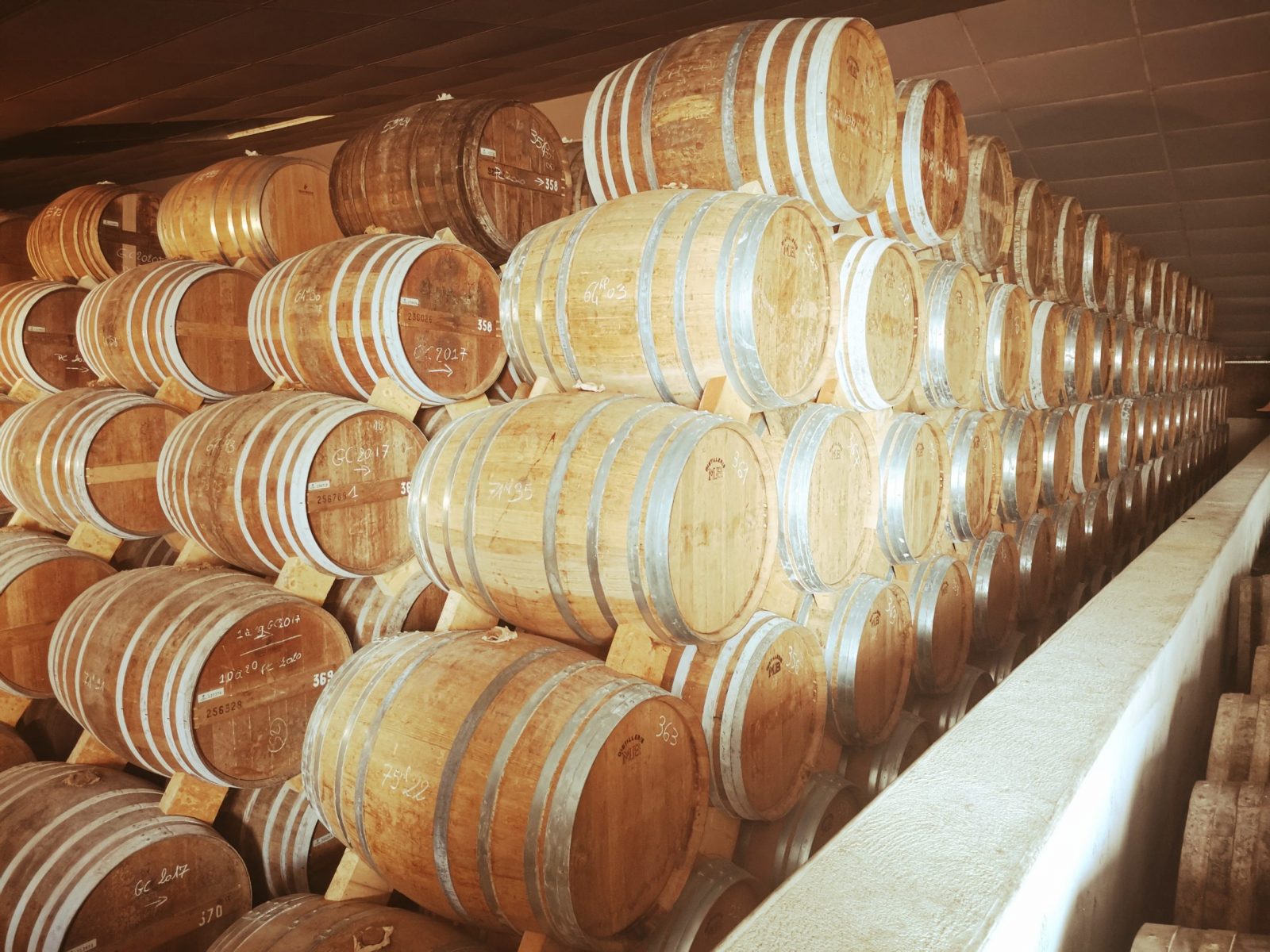
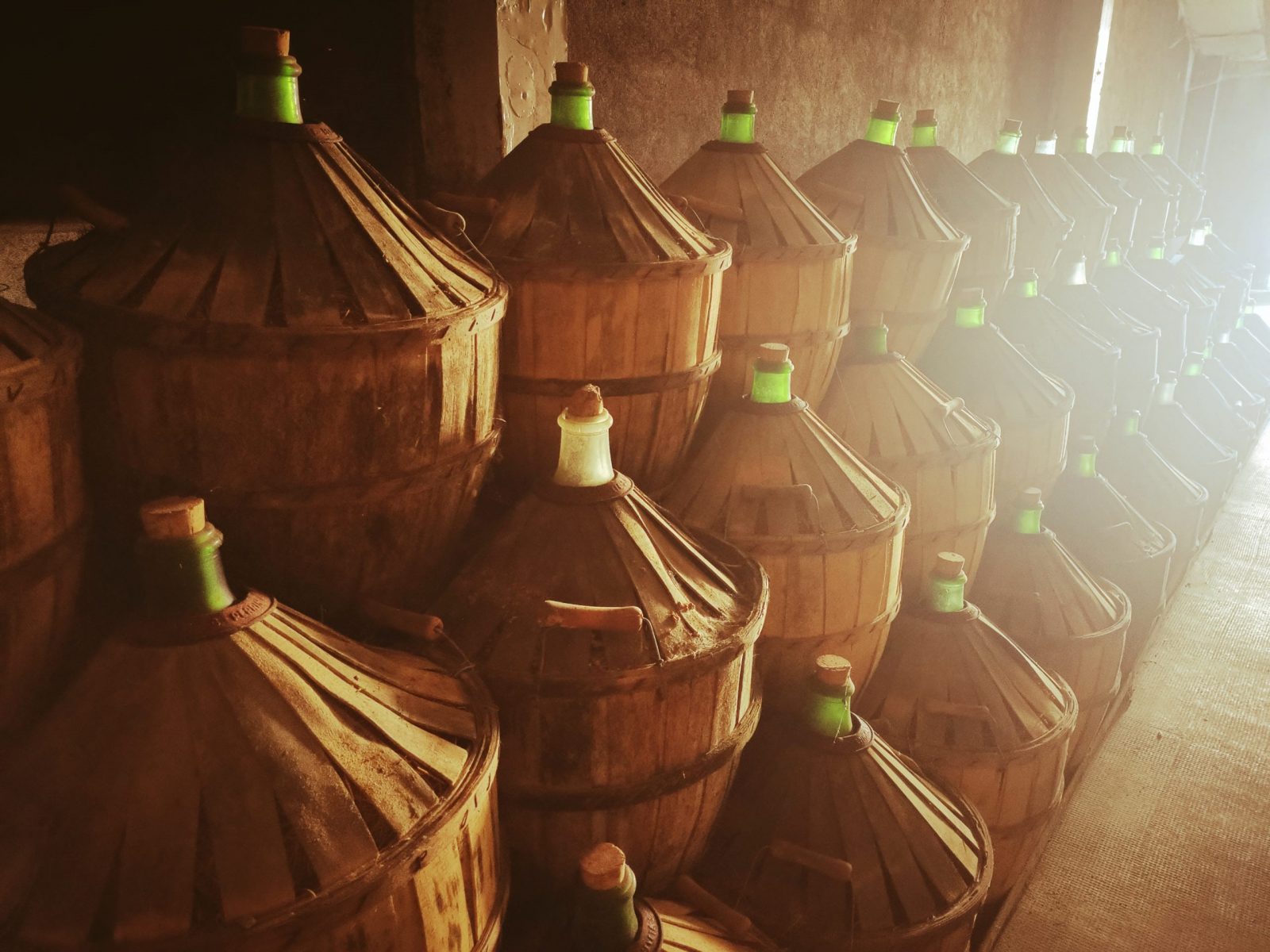
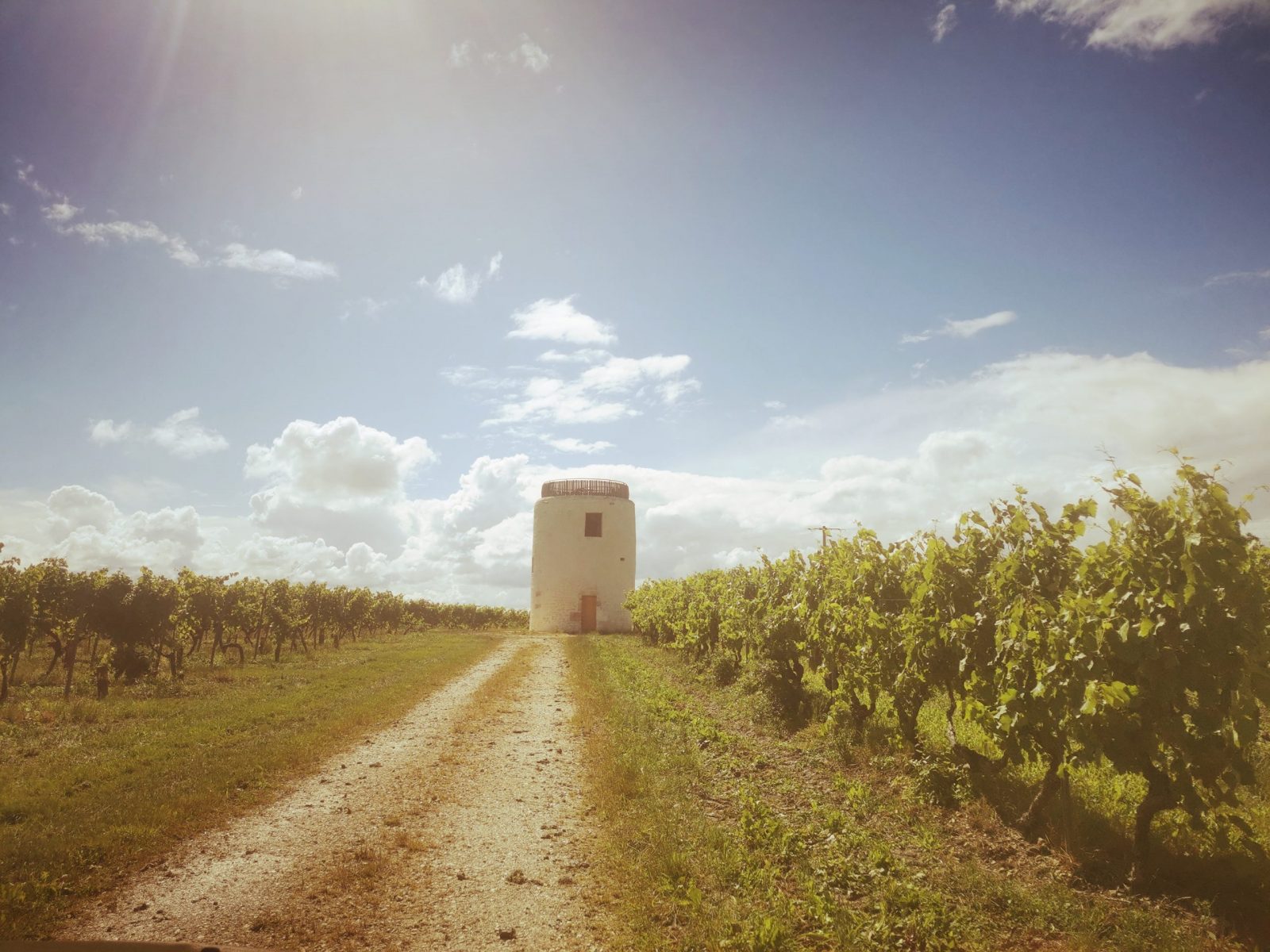
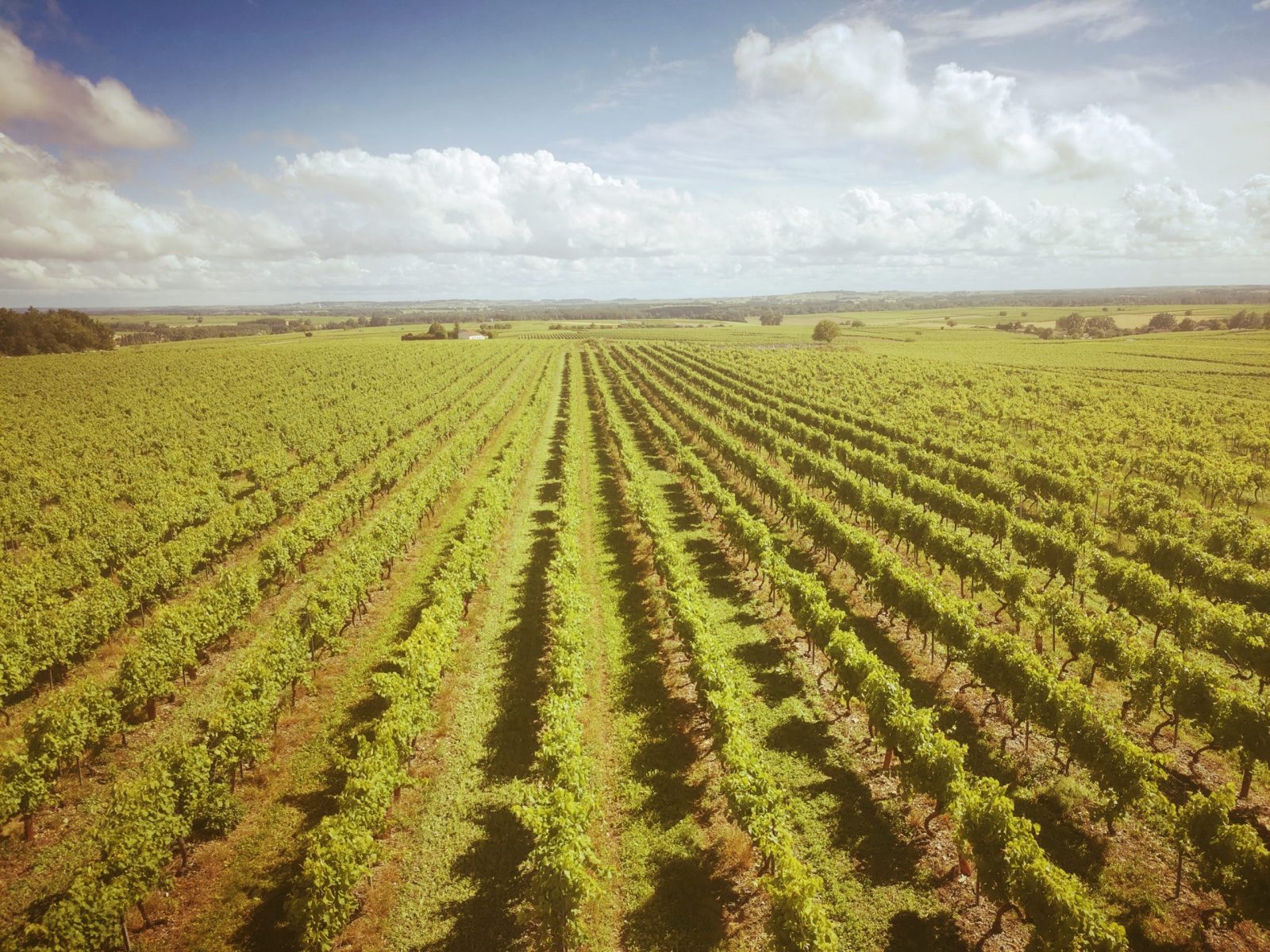
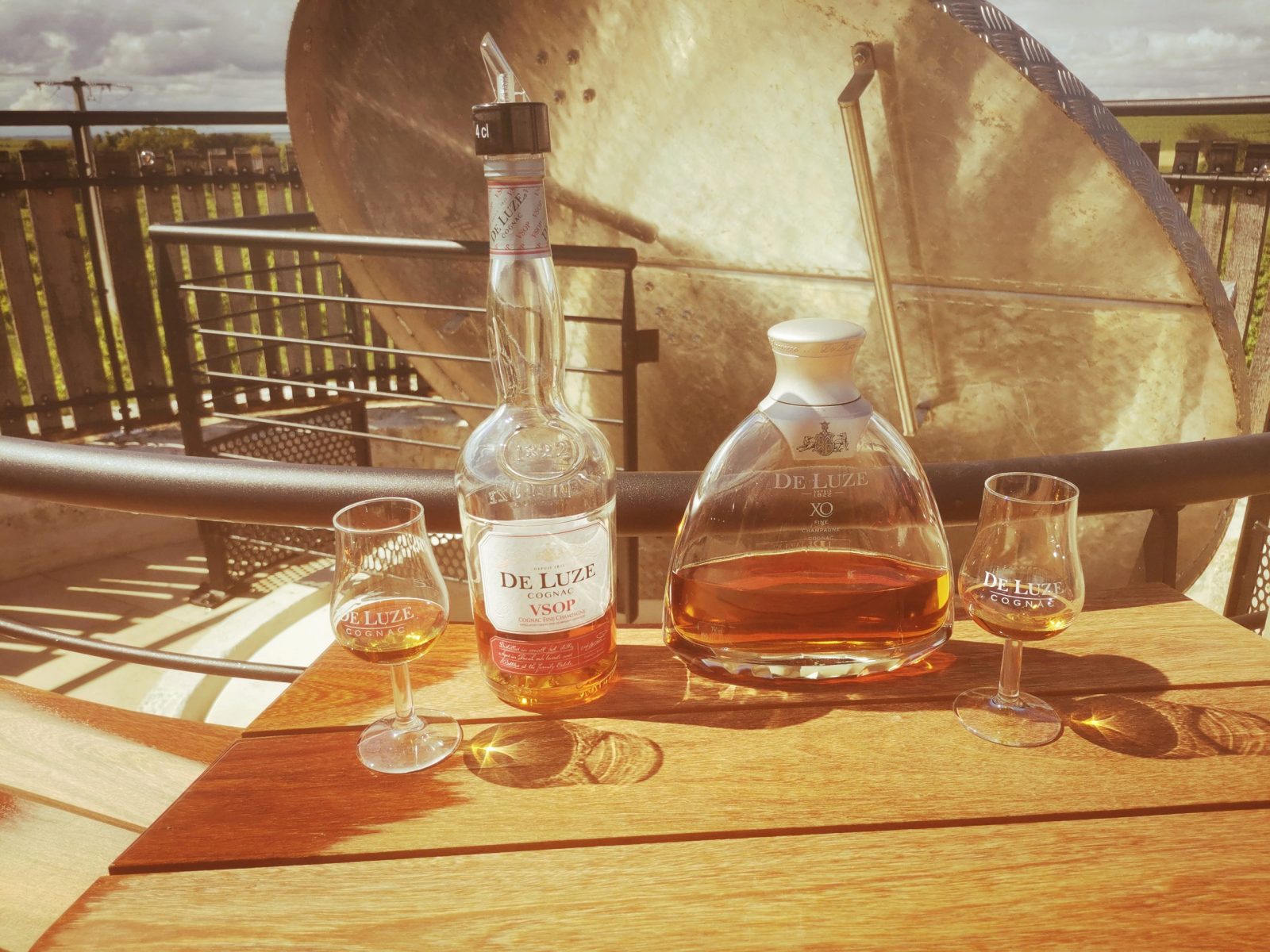
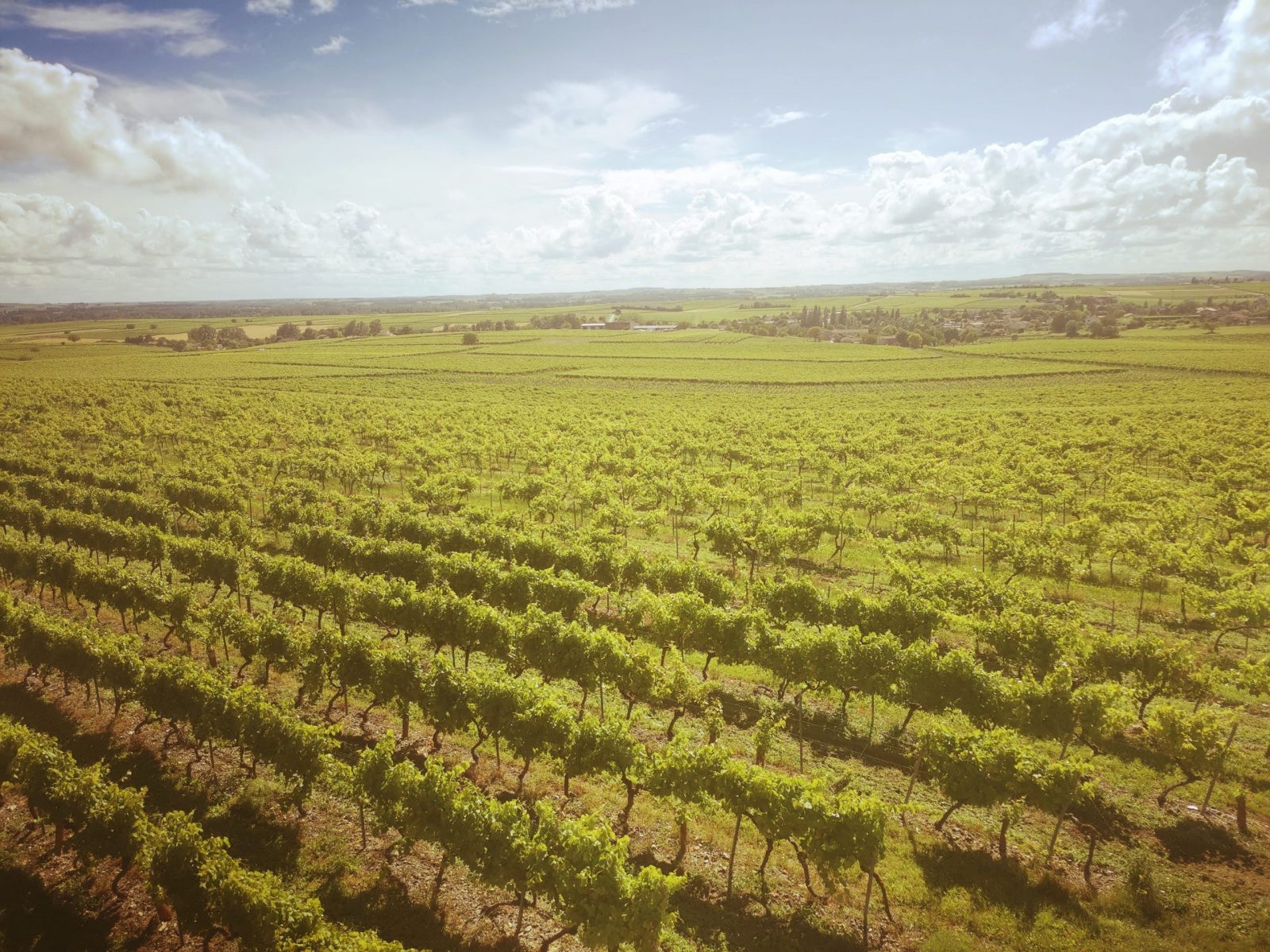
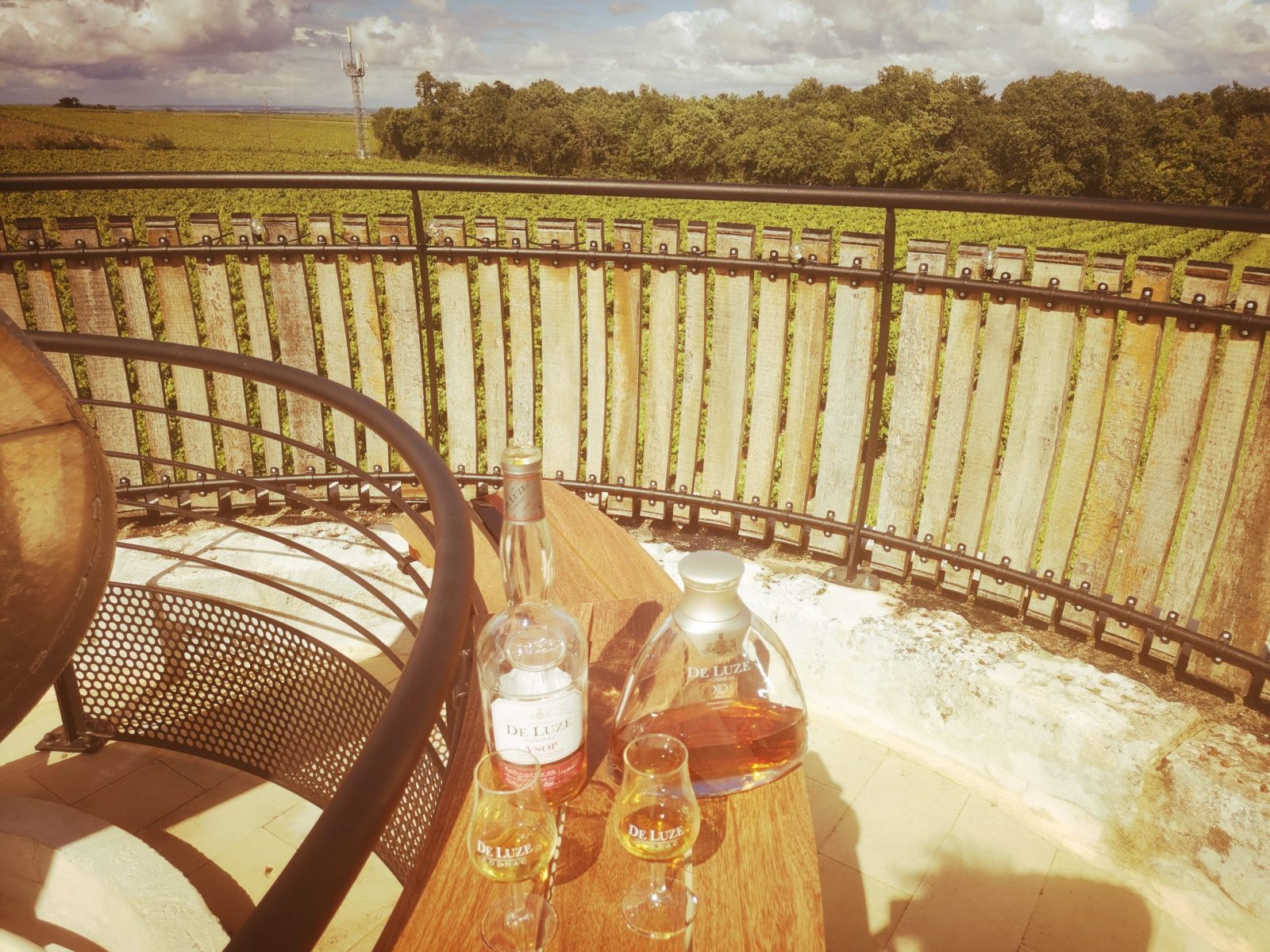
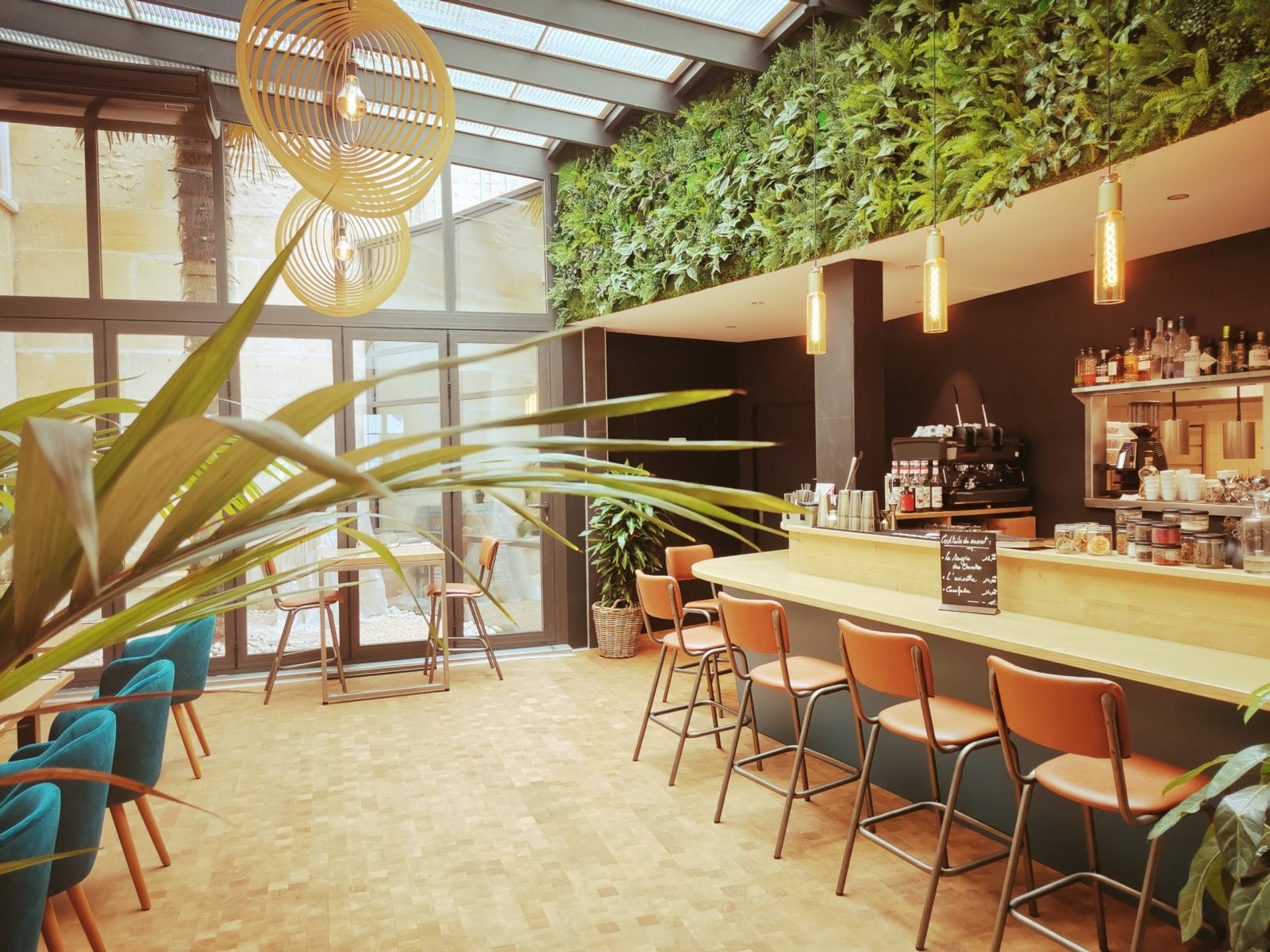
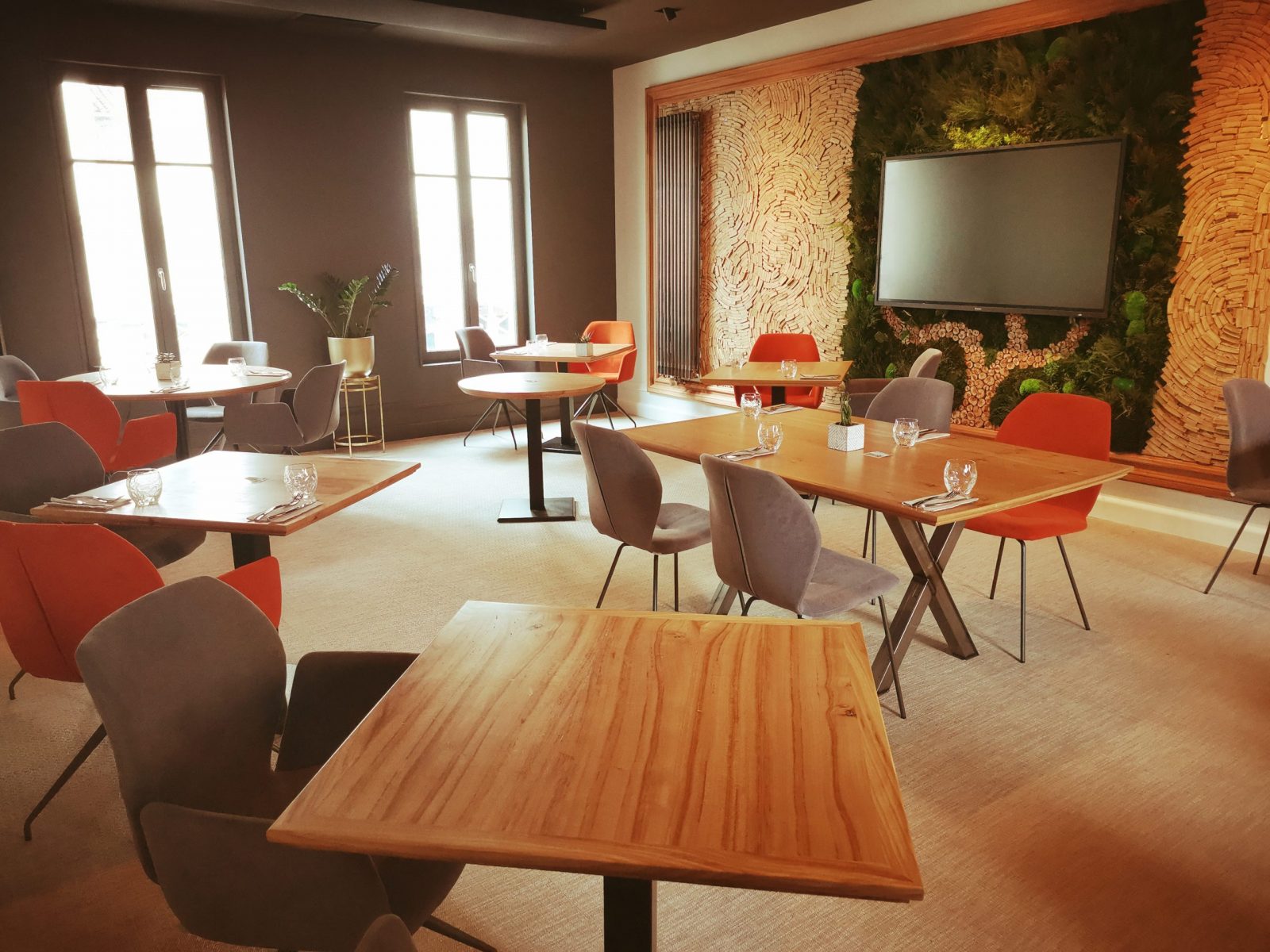
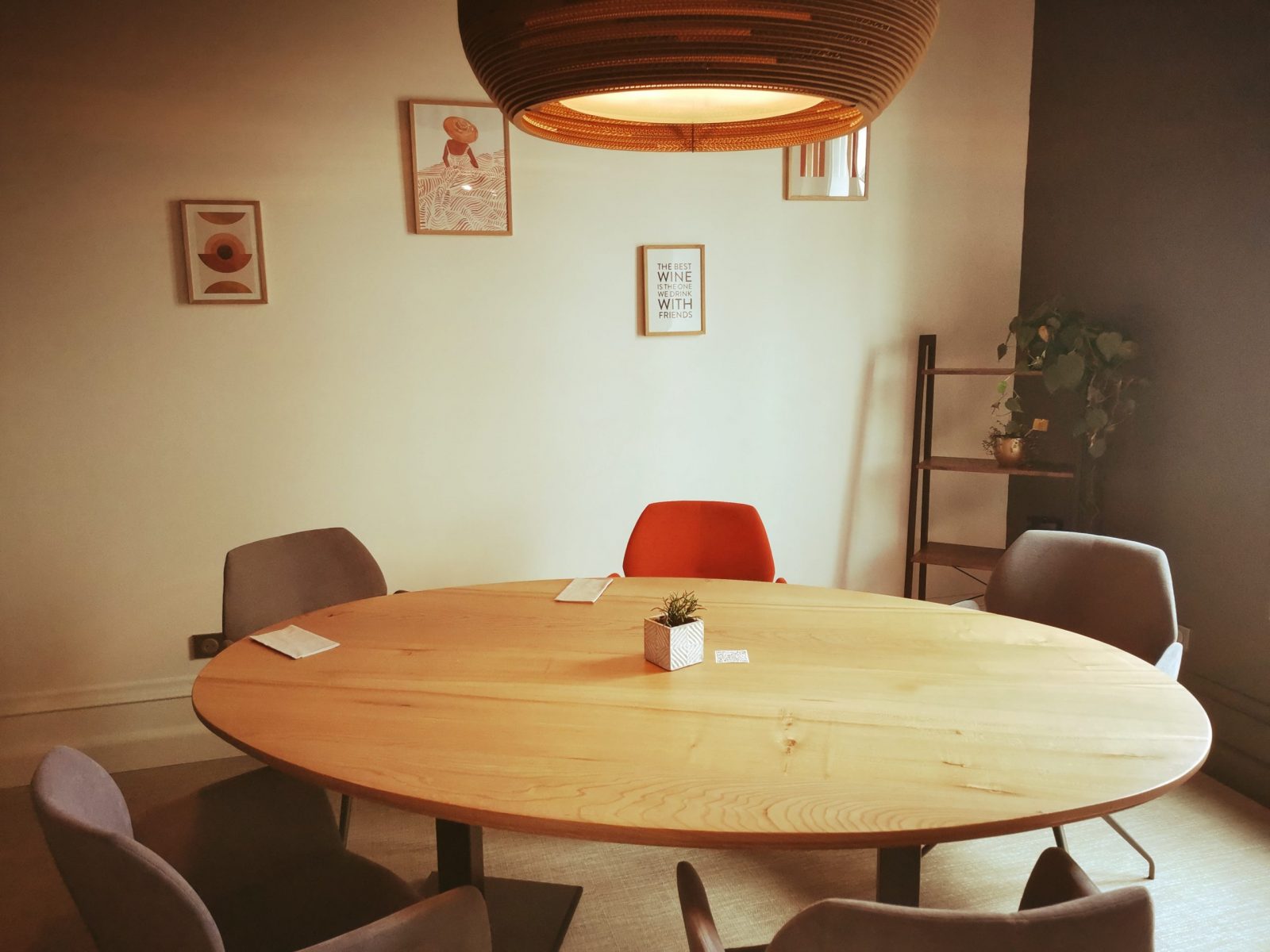
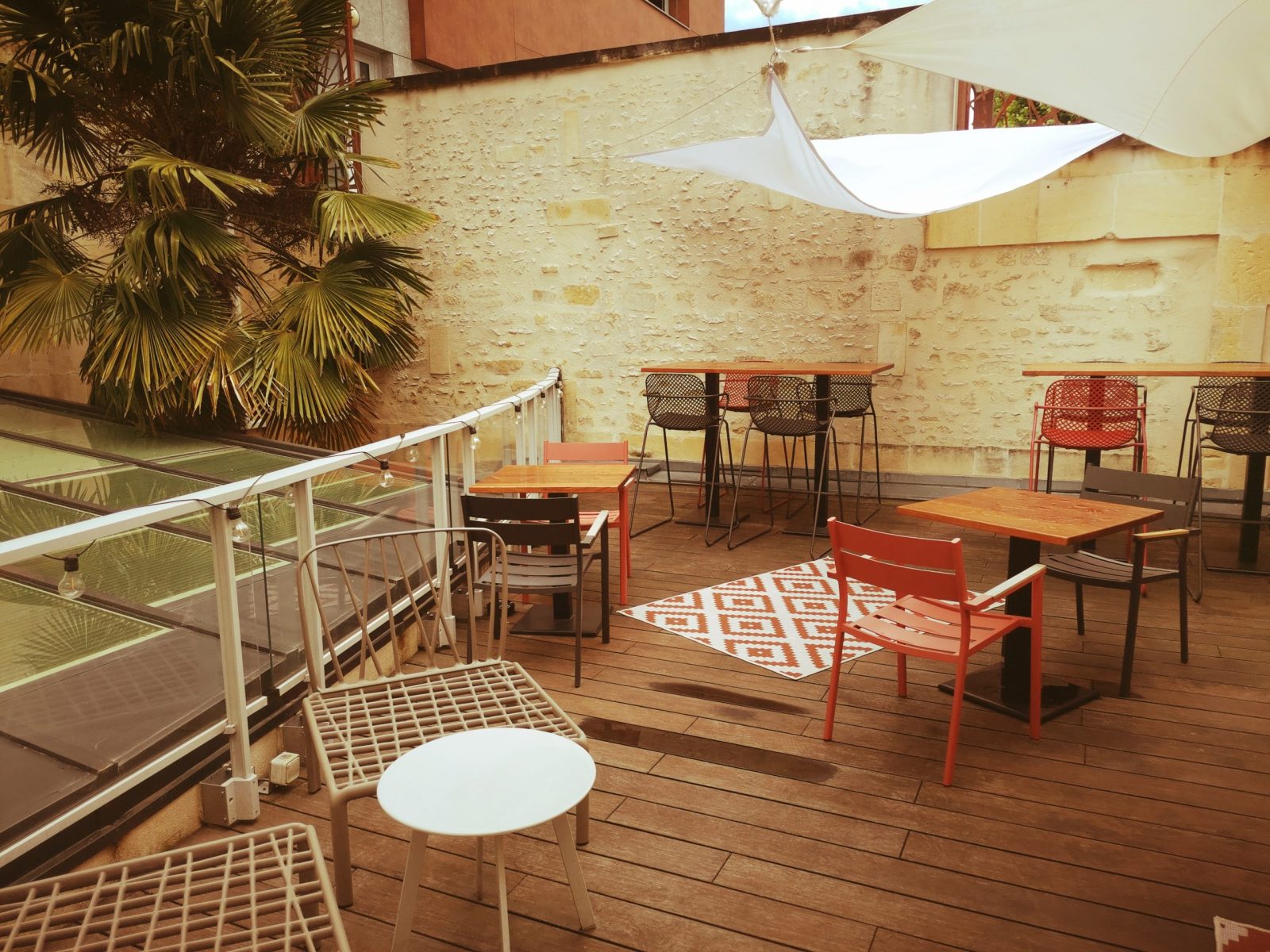
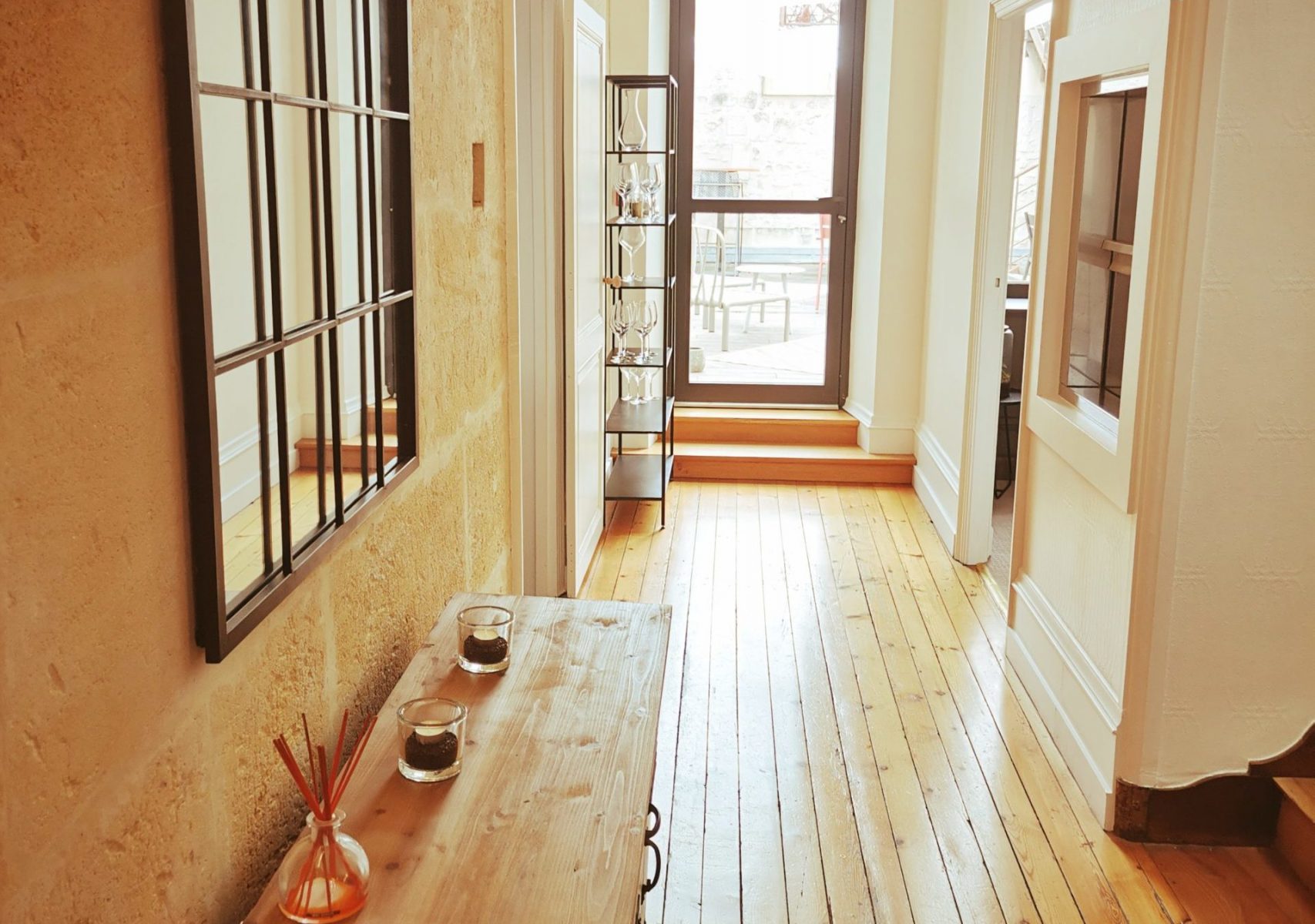
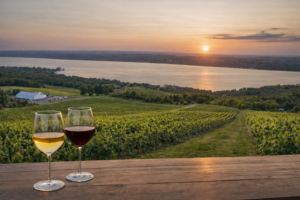
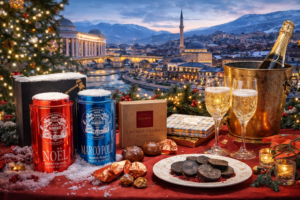


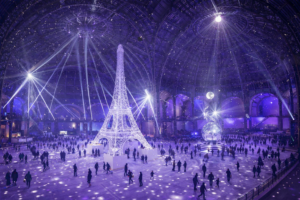
1 thought on “Let’s get further into the Cognac region, with the visit of Courvoisier and Boinaud!”
Comments are closed.